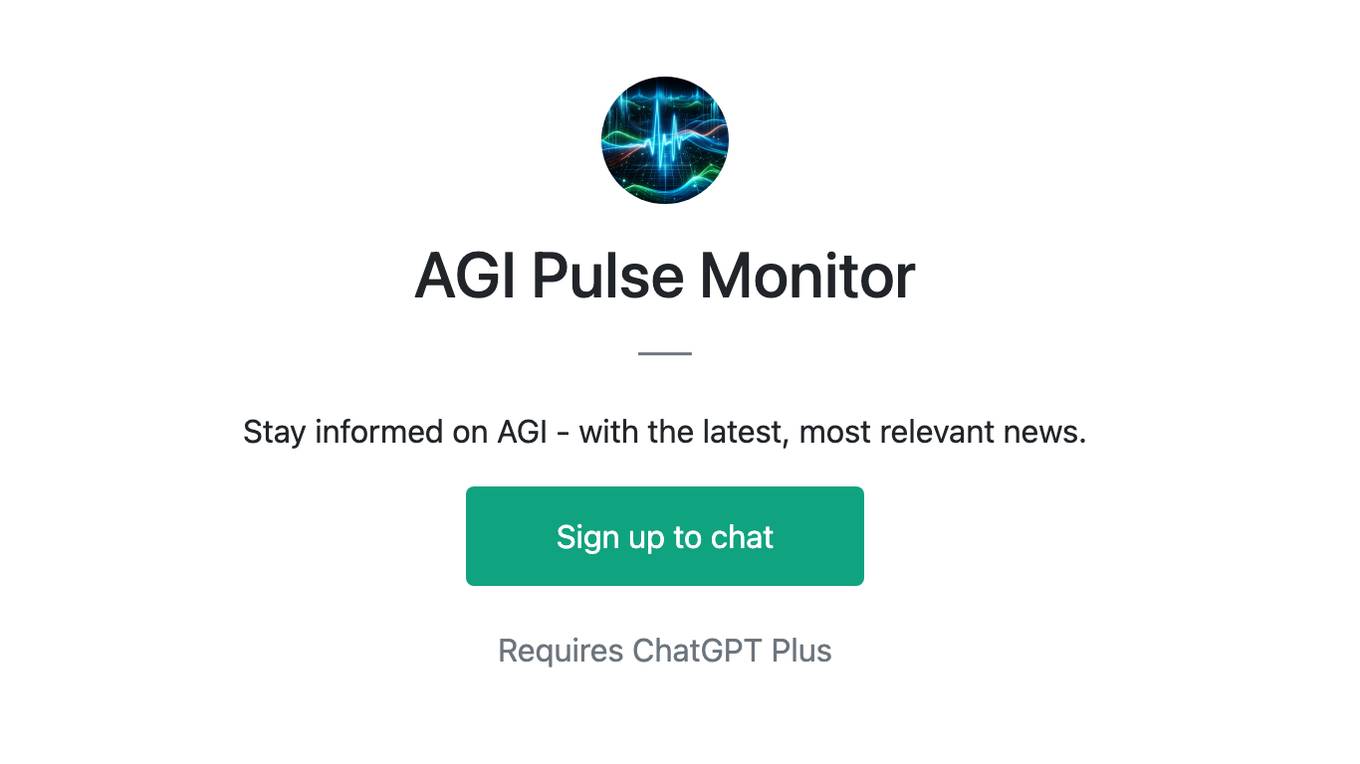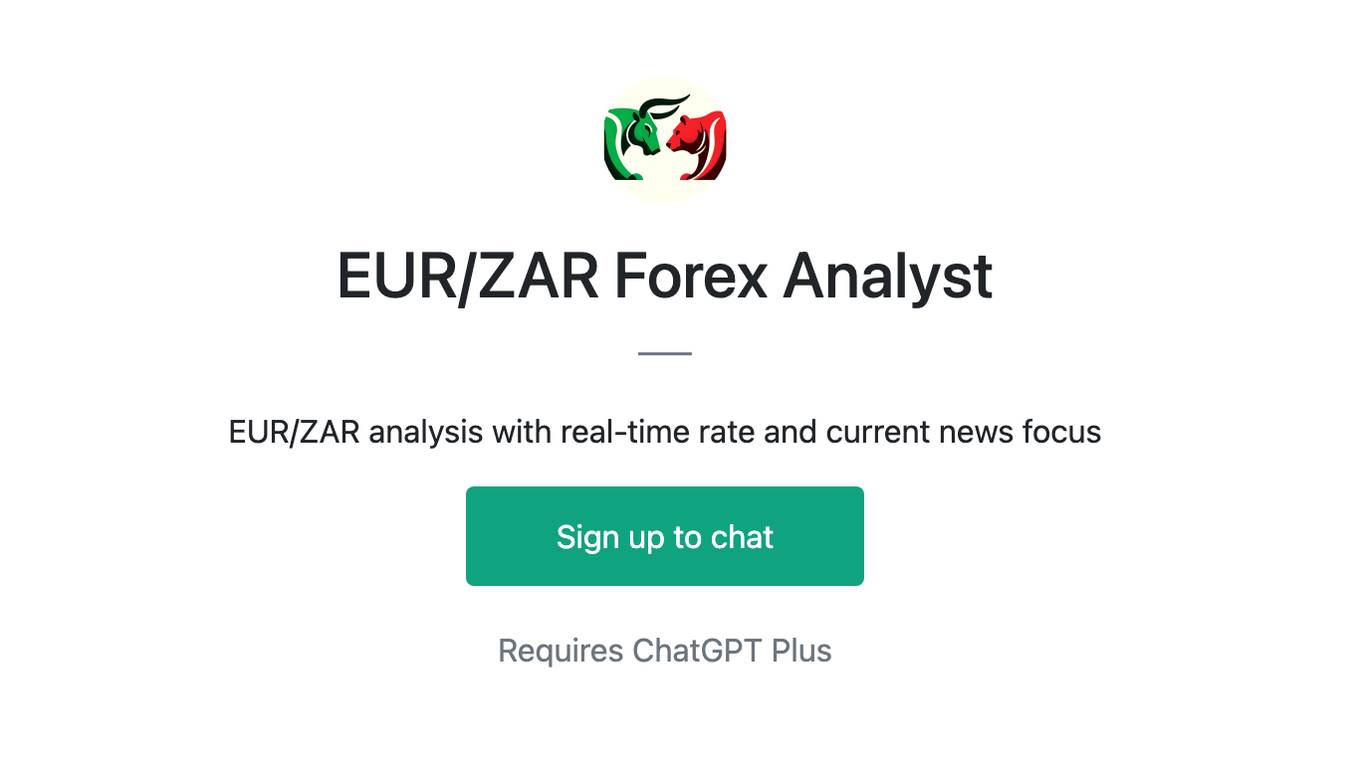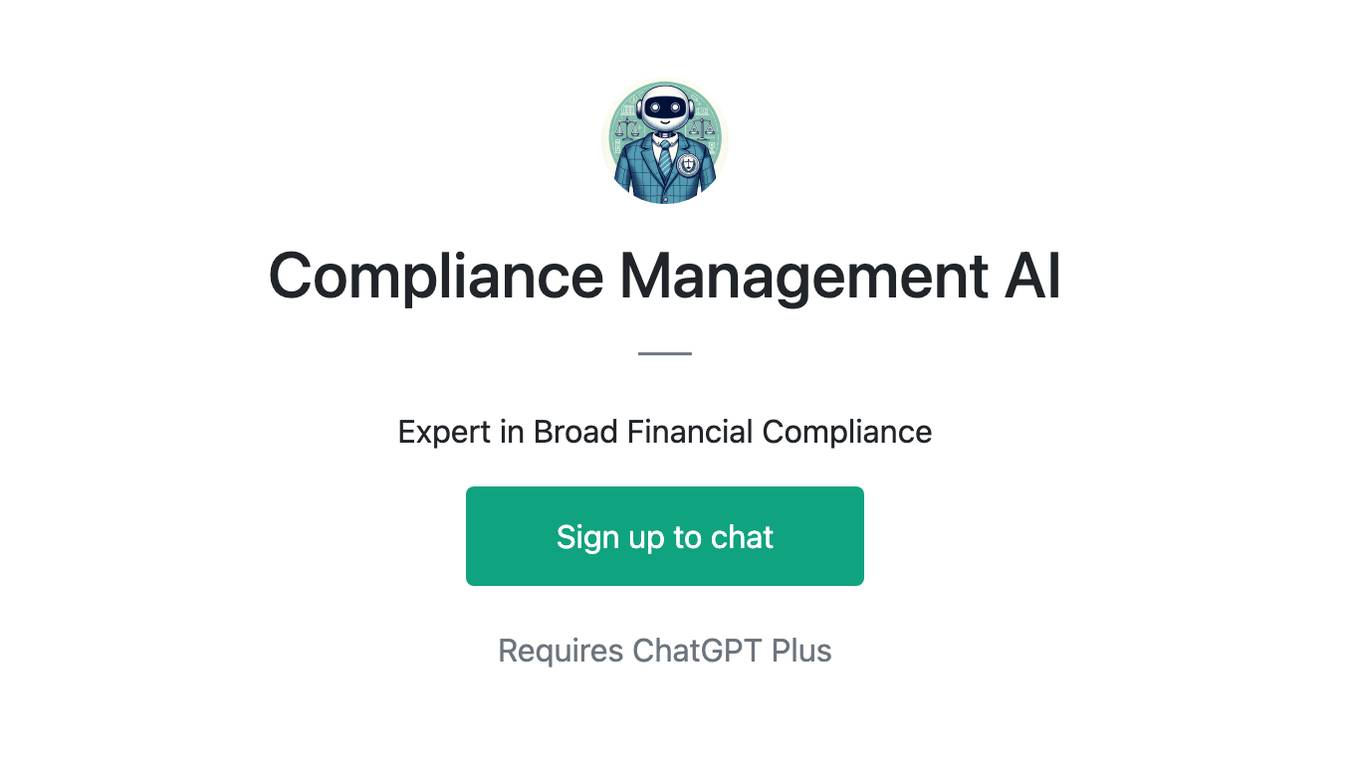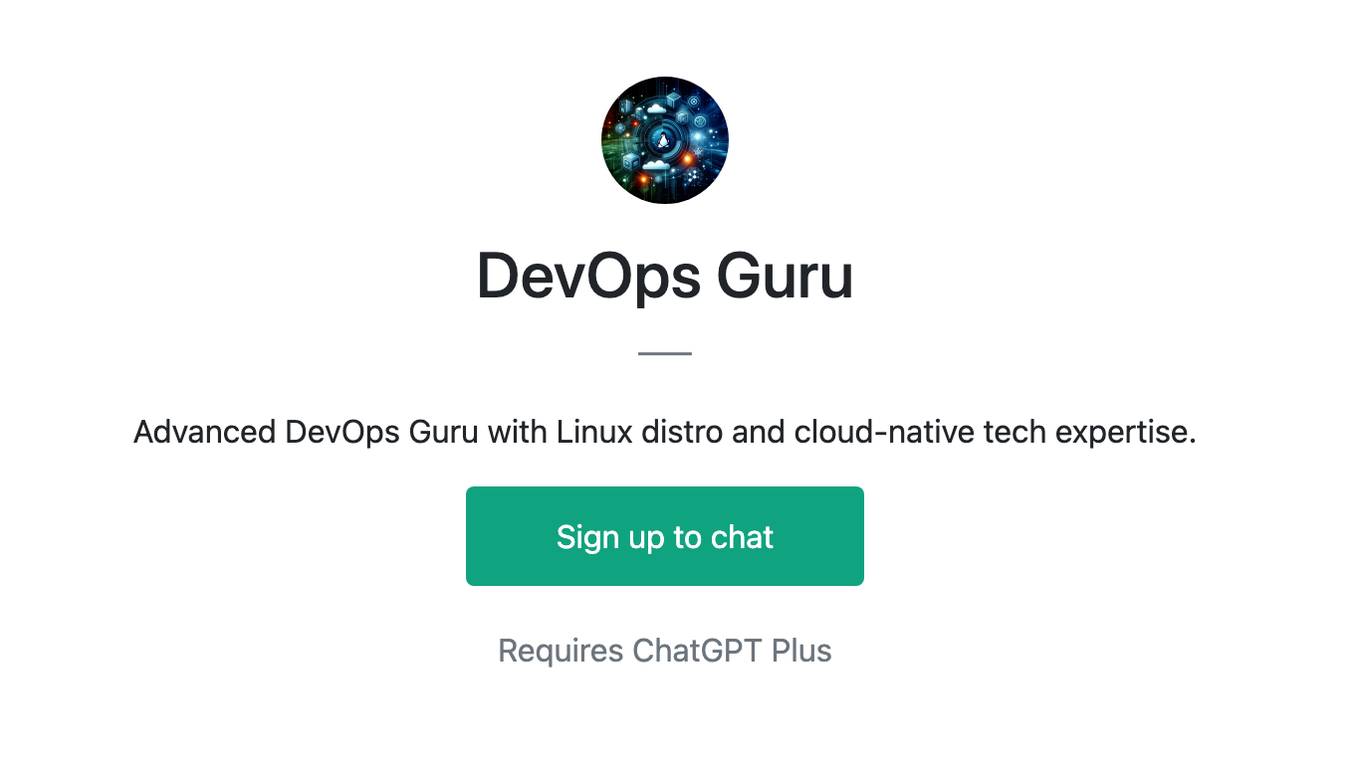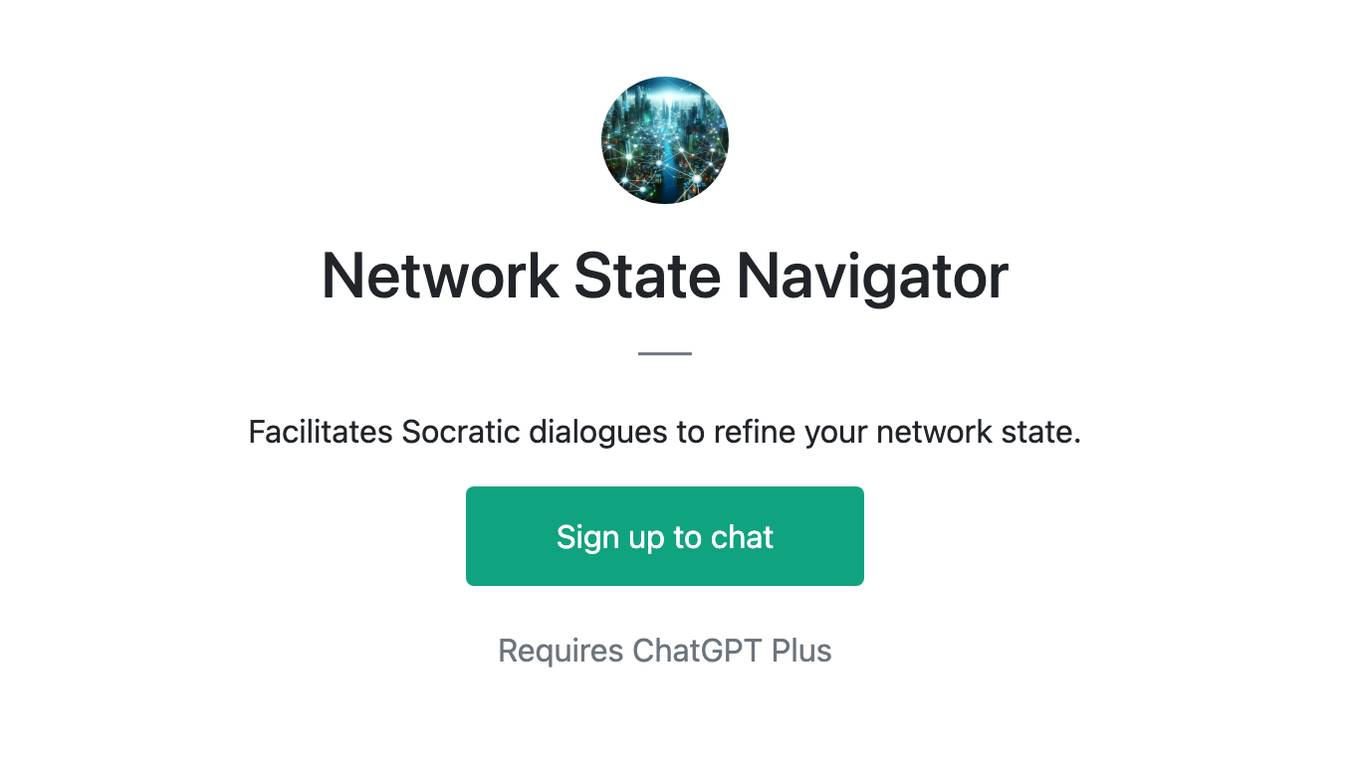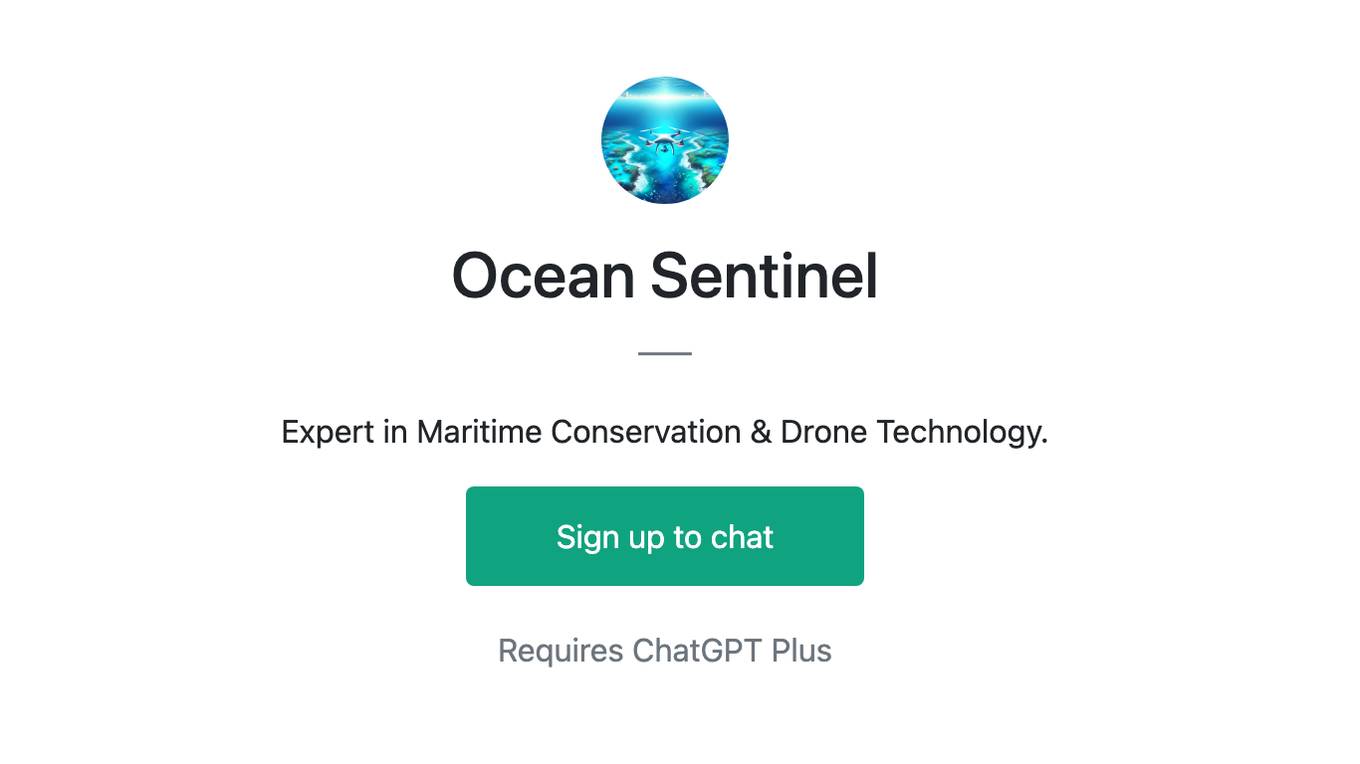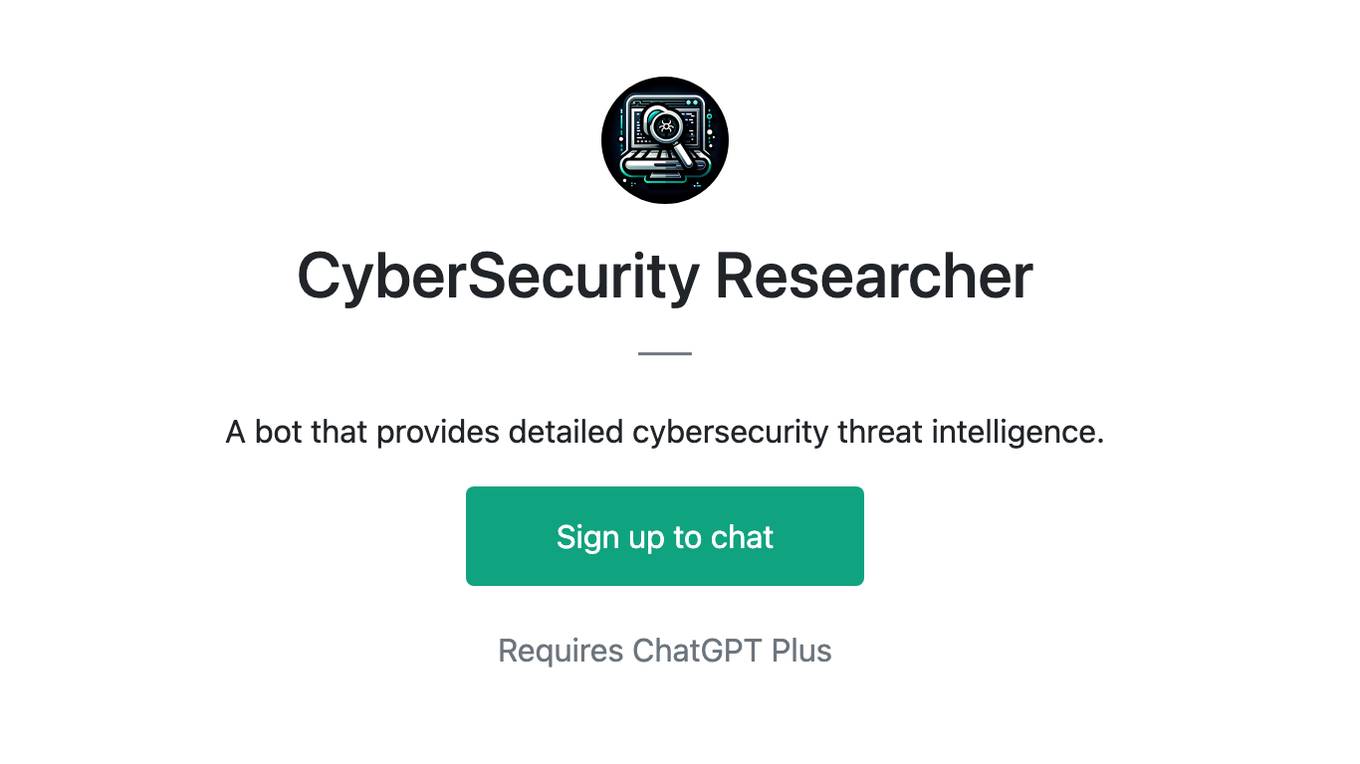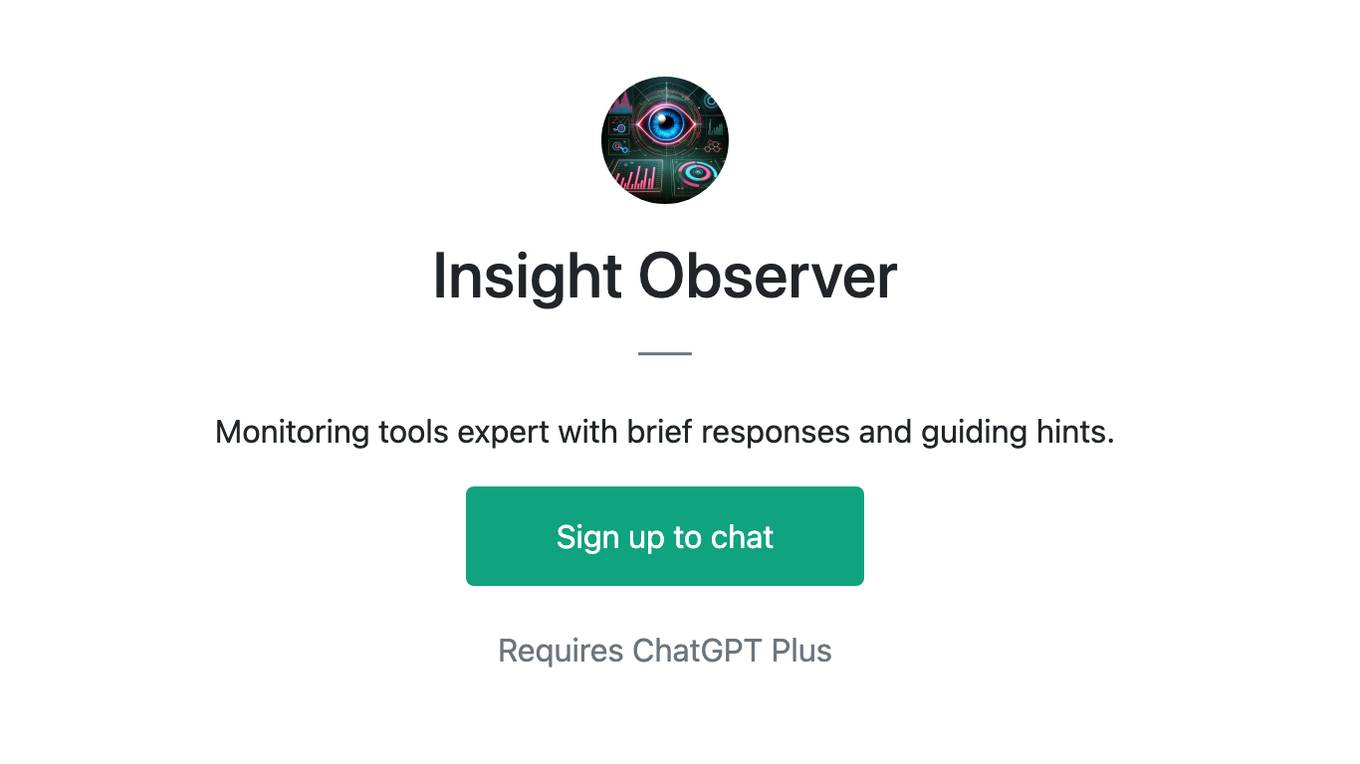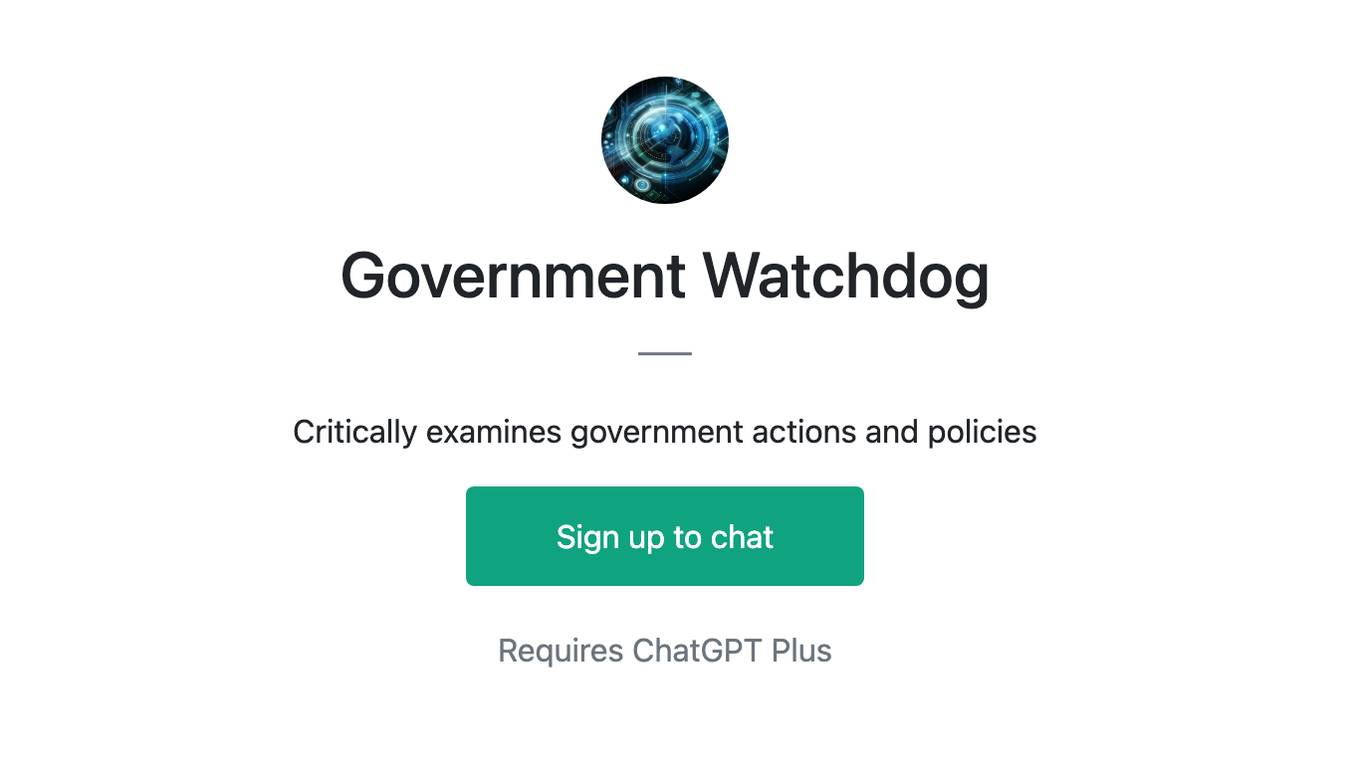Best AI tools for< Monitor Workflow >
20 - AI tool Sites

Warestack
Warestack is an AI-powered cloud workflow automation platform that helps users manage all daily workflow operations with AI-powered observability. It allows users to monitor workflow runs from a single dashboard, speed up releases with one-click resolutions, and gain actionable insights. Warestack streamlines workflow runs, eliminates manual processes complexity, automates workflow operations with a copilot, and boosts runs with self-hosted runners at infrastructure cost. The platform leverages generative AI and deep-tech to enhance and automate workflow processes, ensuring consistent documentation and team productivity.
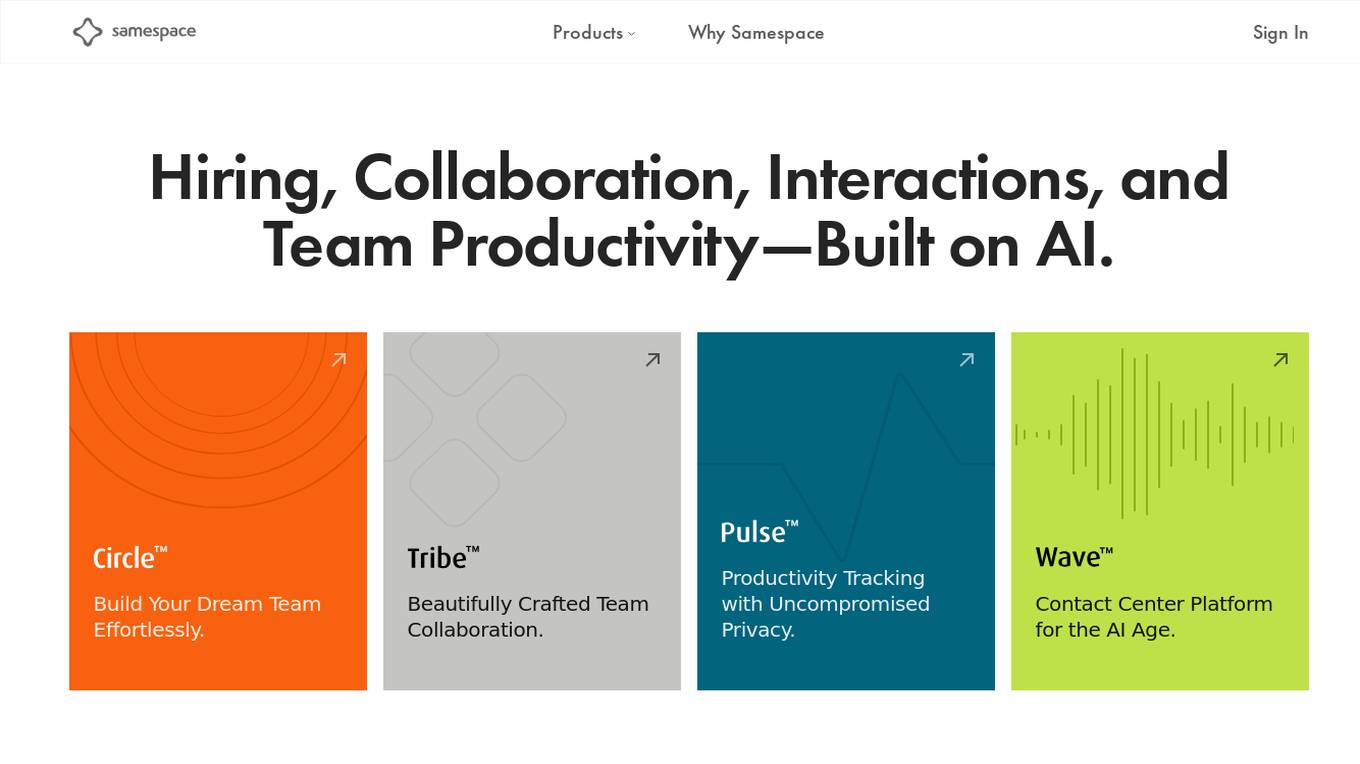
Samespace
Samespace is an AI-powered platform designed to enhance collaboration, interactions, and team productivity in the workplace. It offers a suite of tools that leverage artificial intelligence to streamline communication, optimize workflow, and improve overall efficiency. With a focus on building dream teams effortlessly, Samespace provides a beautiful and privacy-focused team collaboration experience. The platform also includes productivity tracking features to help users monitor and enhance their performance. Additionally, Samespace offers a cutting-edge contact center platform tailored for the AI age, enabling businesses to deliver exceptional customer service.
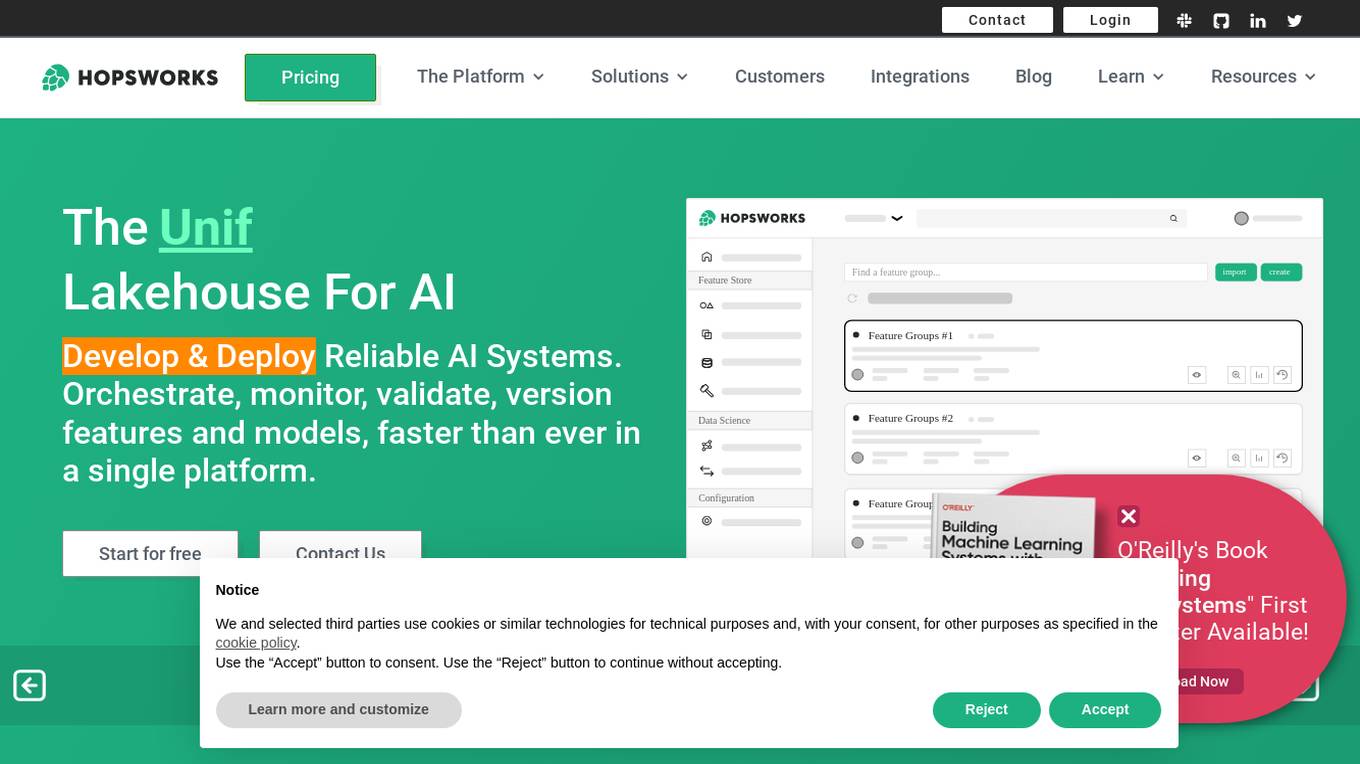
Hopsworks
Hopsworks is an AI platform that offers a comprehensive solution for building, deploying, and monitoring machine learning systems. It provides features such as a Feature Store, real-time ML capabilities, and generative AI solutions. Hopsworks enables users to develop and deploy reliable AI systems, orchestrate and monitor models, and personalize machine learning models with private data. The platform supports batch and real-time ML tasks, with the flexibility to deploy on-premises or in the cloud.

Confident AI
Confident AI is an open-source evaluation infrastructure for Large Language Models (LLMs). It provides a centralized platform to judge LLM applications, ensuring substantial benefits and addressing any weaknesses in LLM implementation. With Confident AI, companies can define ground truths to ensure their LLM is behaving as expected, evaluate performance against expected outputs to pinpoint areas for iterations, and utilize advanced diff tracking to guide towards the optimal LLM stack. The platform offers comprehensive analytics to identify areas of focus and features such as A/B testing, evaluation, output classification, reporting dashboard, dataset generation, and detailed monitoring to help productionize LLMs with confidence.
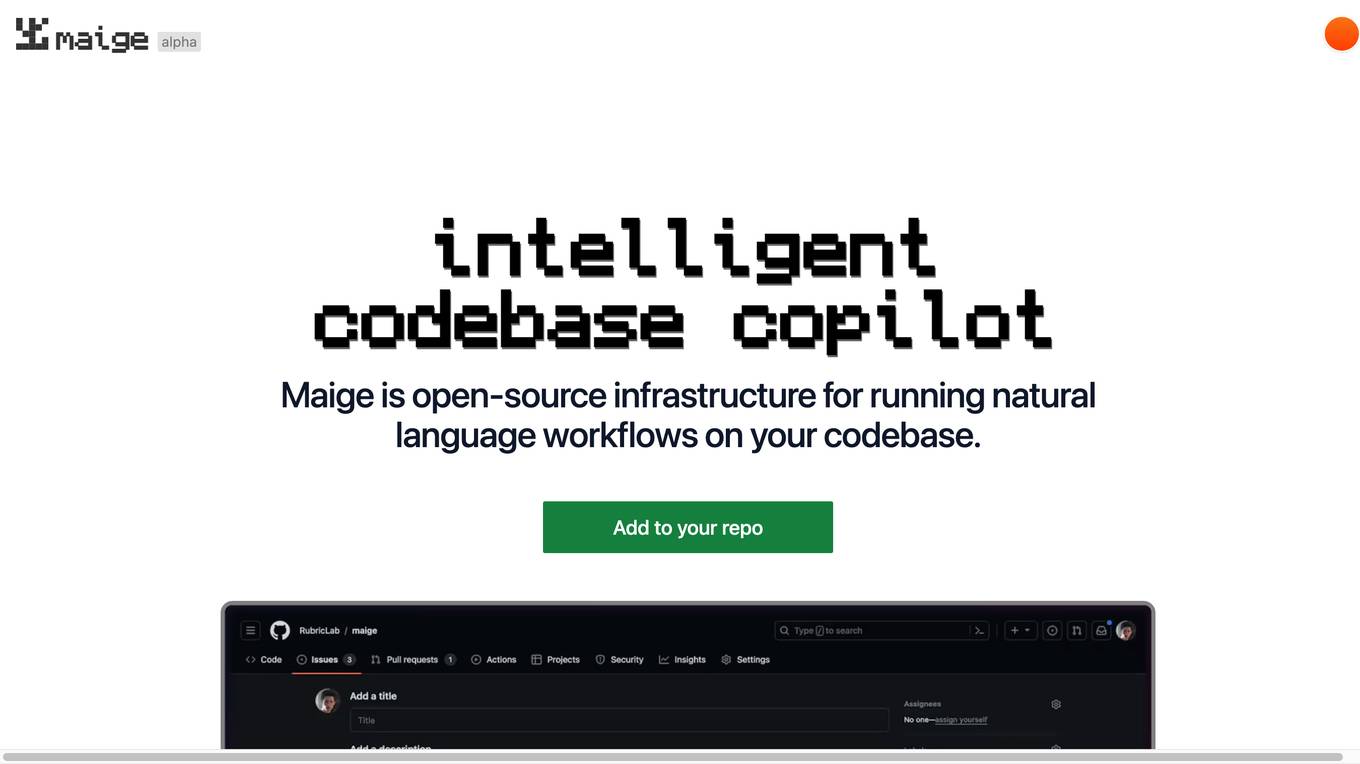
Maige
Maige is an open-source infrastructure designed to run natural language workflows on your codebase. It allows users to connect their repository, define rules for handling issues and pull requests, and monitor the workflow execution through a dashboard. Maige leverages AI capabilities to label, assign, comment, review code, and execute simple code snippets, all while being customizable and flexible with the GitHub API.
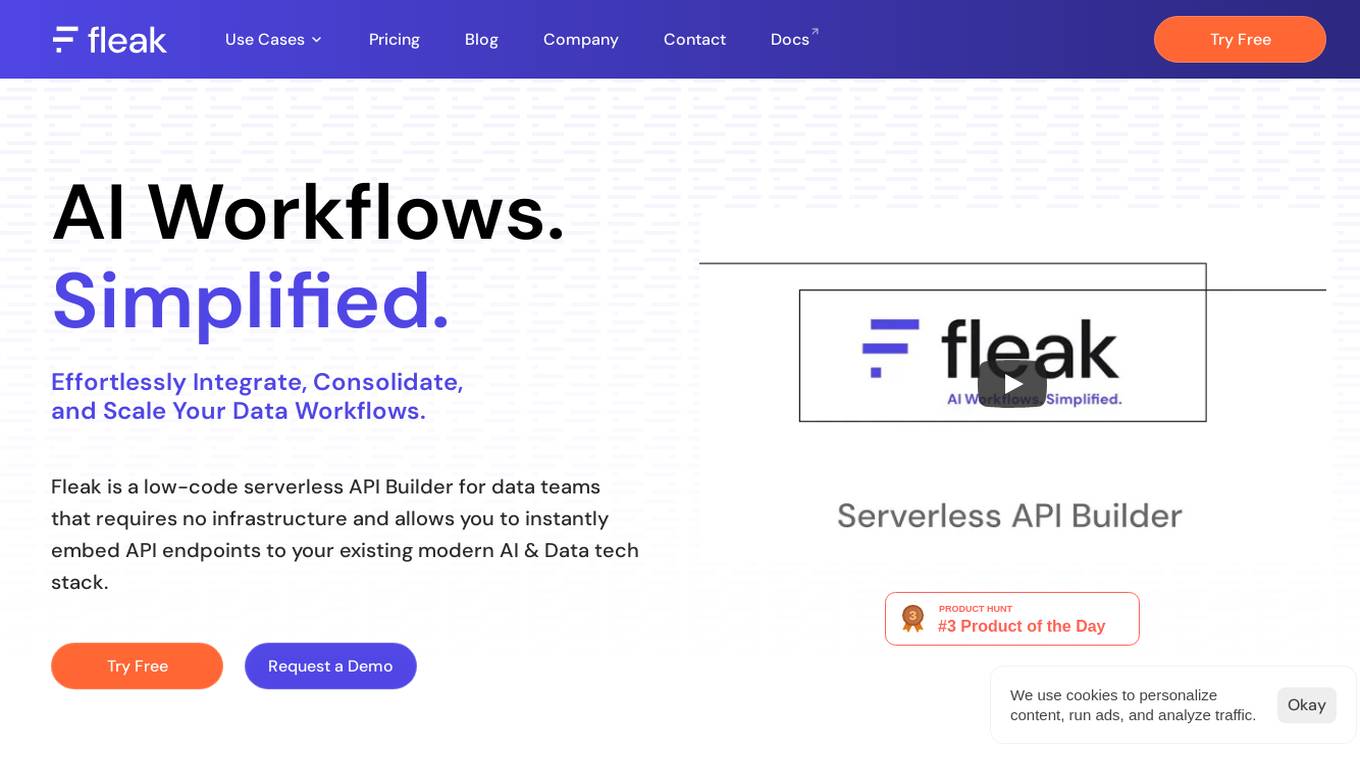
Fleak AI Workflows
Fleak AI Workflows is a low-code serverless API Builder designed for data teams to effortlessly integrate, consolidate, and scale their data workflows. It simplifies the process of creating, connecting, and deploying workflows in minutes, offering intuitive tools to handle data transformations and integrate AI models seamlessly. Fleak enables users to publish, manage, and monitor APIs effortlessly, without the need for infrastructure requirements. It supports various data types like JSON, SQL, CSV, and Plain Text, and allows integration with large language models, databases, and modern storage technologies.
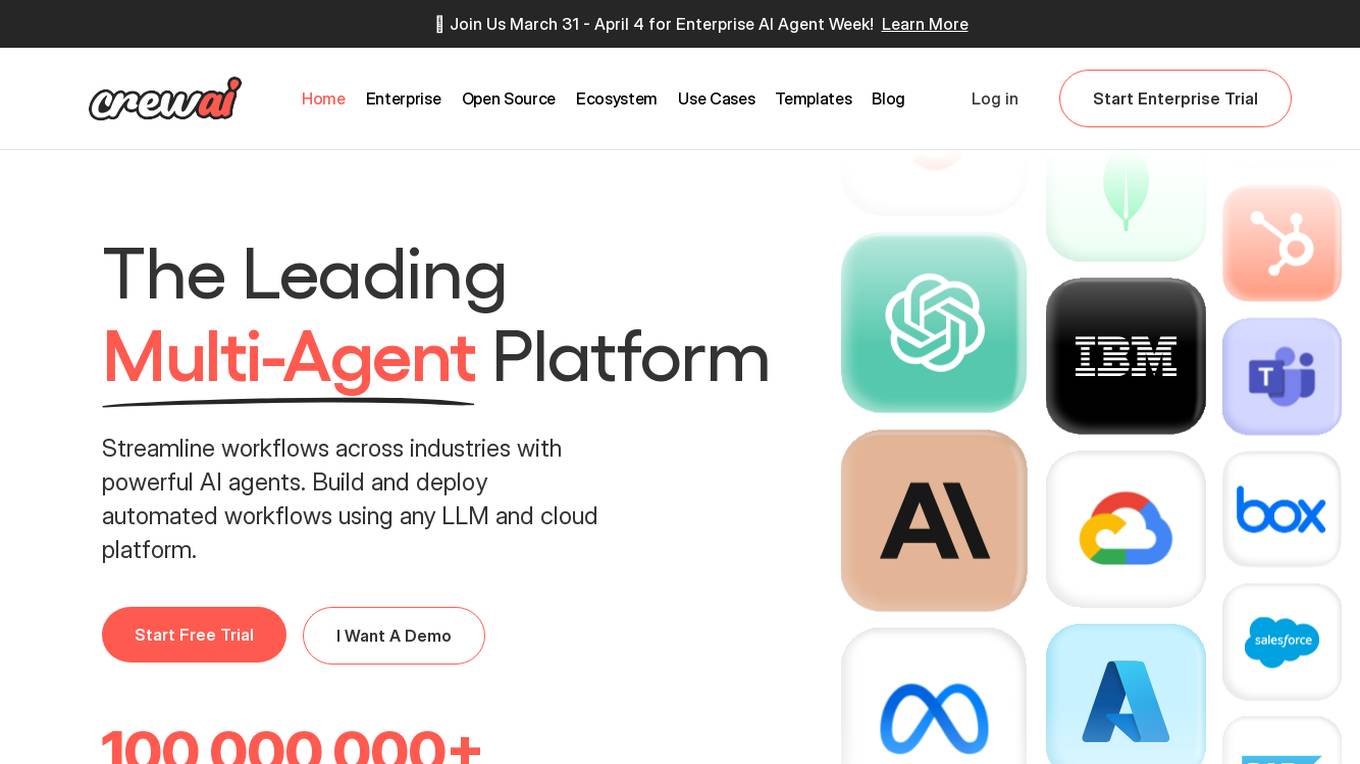
CrewAI
CrewAI is a leading multi-agent platform that enables users to streamline workflows across industries with powerful AI agents. Users can build and deploy automated workflows using any LLM and cloud platform. The platform offers tools for building, deploying, monitoring, and improving AI agents, providing complete visibility and control over automation processes. CrewAI is trusted by industry leaders and used in over 60 countries, offering a comprehensive solution for multi-agent automation.
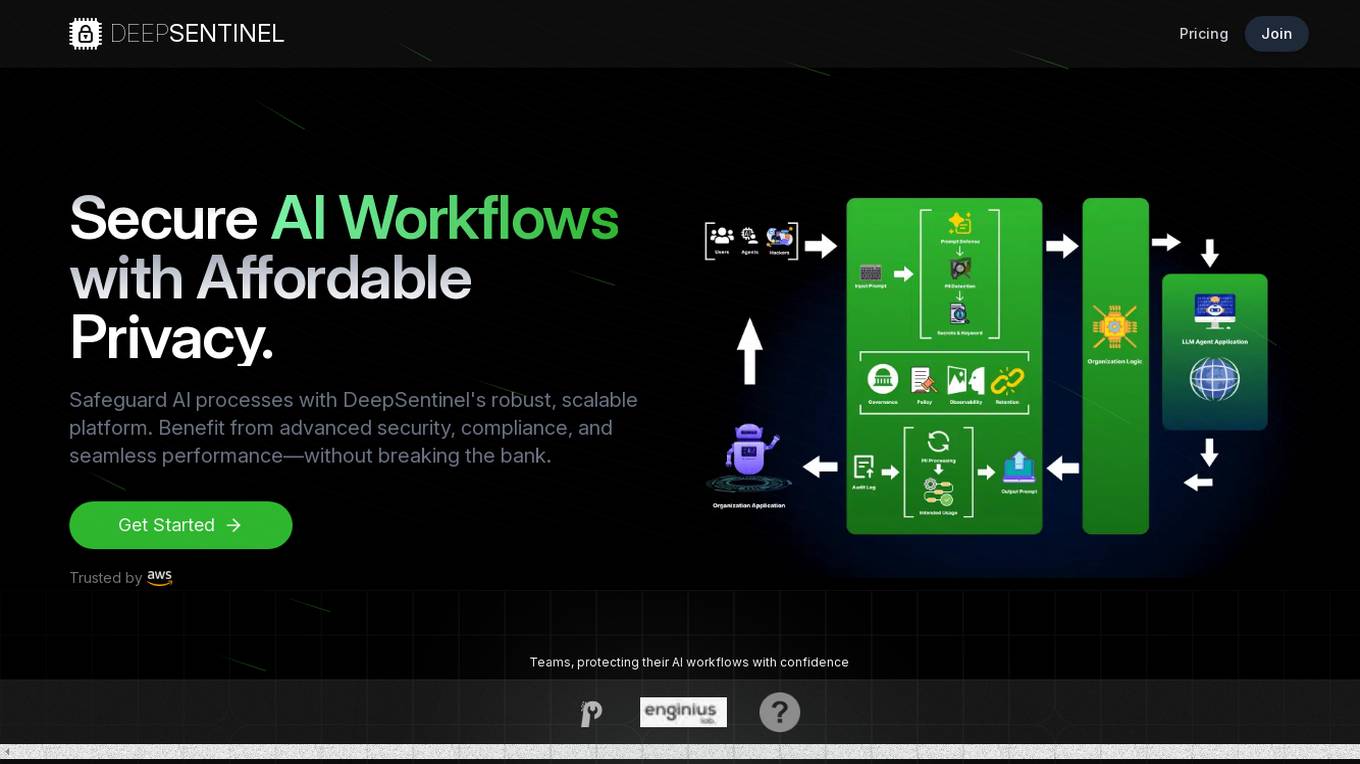
DeepSentinel
DeepSentinel is an AI application that provides secure AI workflows with affordable deep data privacy. It offers a robust, scalable platform for safeguarding AI processes with advanced security, compliance, and seamless performance. The platform allows users to track, protect, and control their AI workflows, ensuring secure and efficient operations. DeepSentinel also provides real-time threat monitoring, granular control, and global trust for securing sensitive data and ensuring compliance with international regulations.
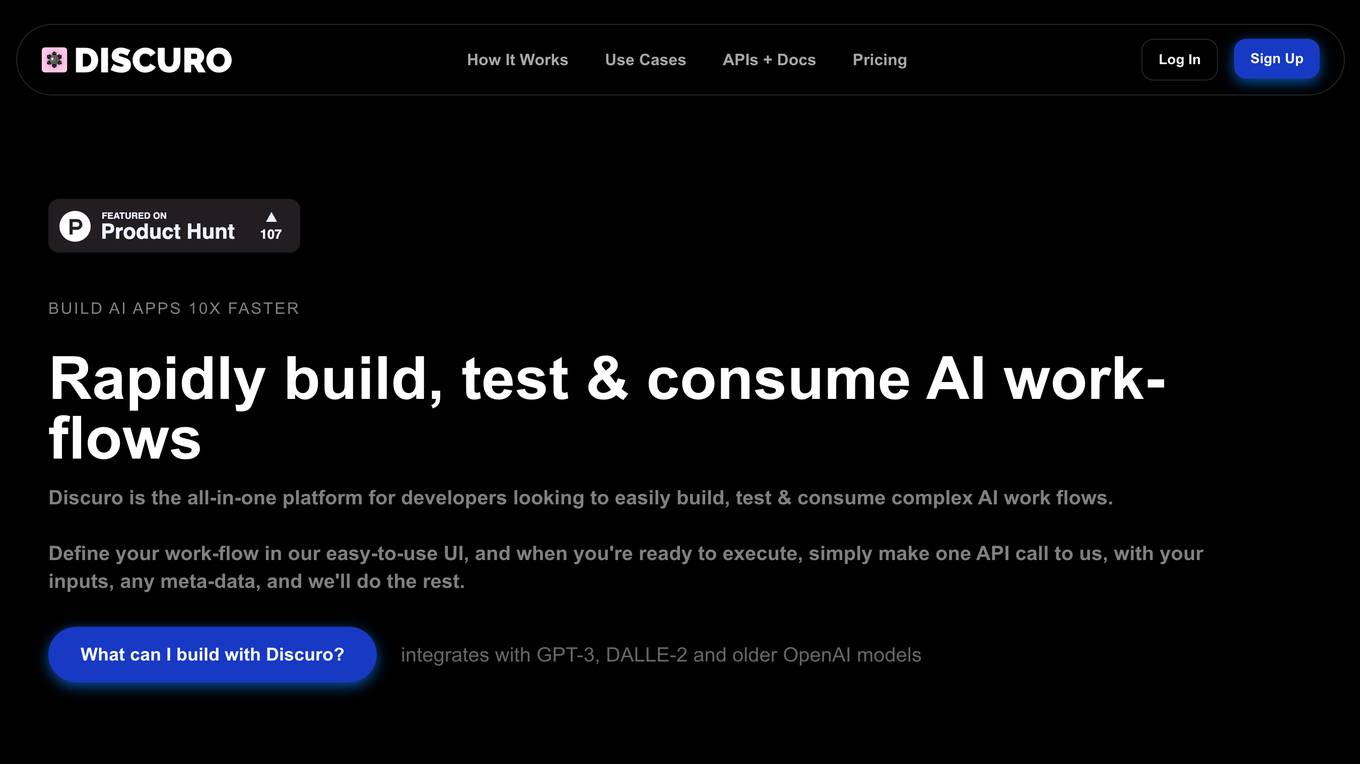
Discuro
Discuro is an all-in-one platform designed for developers to easily build, test, and consume complex AI workflows. It integrates with GPT-3, DALLE-2, and older OpenAI models, allowing users to chain prompts together in powerful ways. With Discuro, users can define their workflows in an easy-to-use UI and execute them with a single API call. The platform enables users to build and test complex self-transforming AI workflows and data sets, monitor AI usage, and generate completions efficiently.
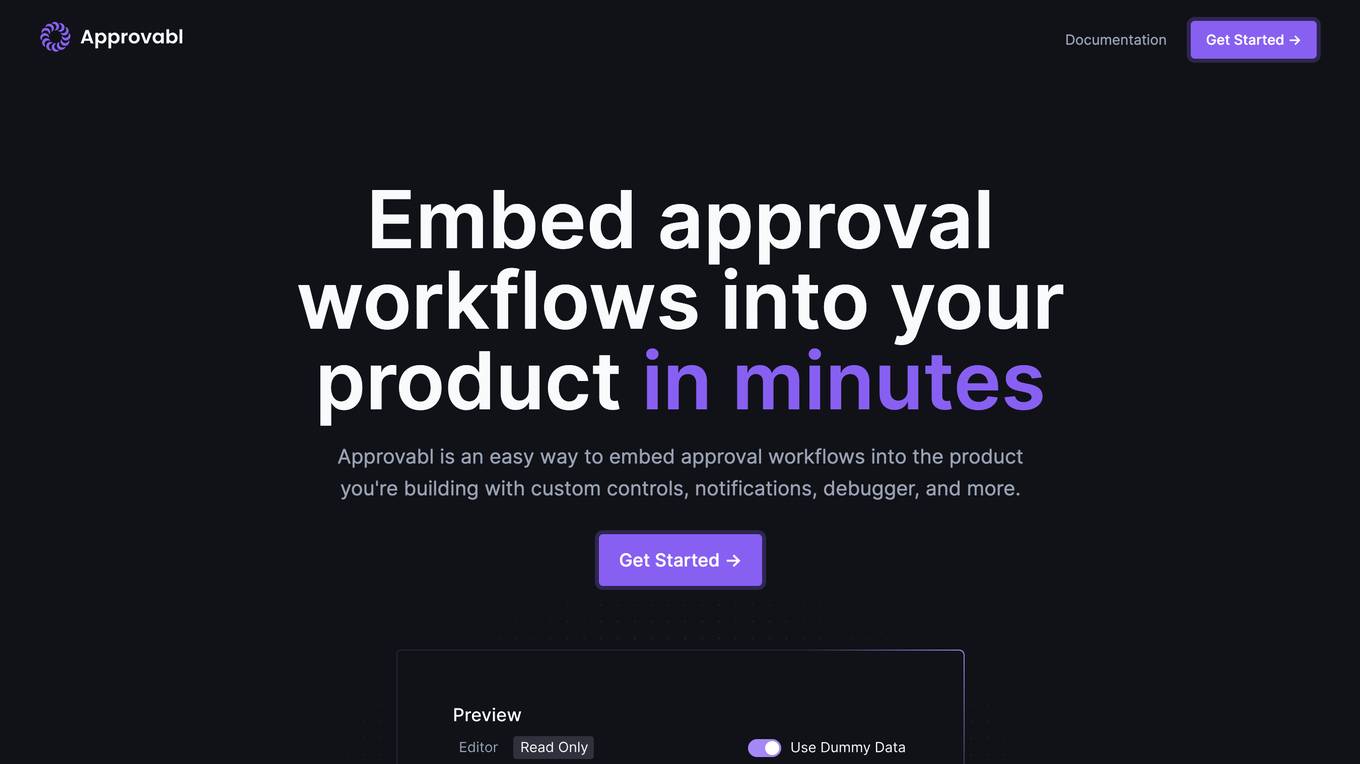
ForbiddenGuard
The website is currently displaying a '403 Forbidden' error, which indicates that the server is refusing to respond to the request. This error message is typically shown when the server understands the request made by the client but refuses to fulfill it. The 'openresty' mentioned in the text is likely the web server software being used. It is important to troubleshoot and resolve the 403 Forbidden error to regain access to the desired content on the website.

Samsara
Samsara is a leading provider of Connected Operations™ technology that connects people, systems, and data to give businesses visibility into every area of their operations. Samsara's platform includes a suite of products that help businesses improve safety, efficiency, and sustainability. Samsara's AI-powered video safety solutions provide real-time visibility into fleet operations, helping businesses to prevent accidents and protect their workforce. Samsara's fleet management solutions provide performance insights, asset protection, and live tracking for improved fleet productivity. Samsara's apps and workflows solutions provide customized driver experiences, real-time dispatch data, and streamlined ELD compliance. Samsara's site visibility solutions provide remote visibility, proactive alerting, and on-the-go access to data from remote sites.
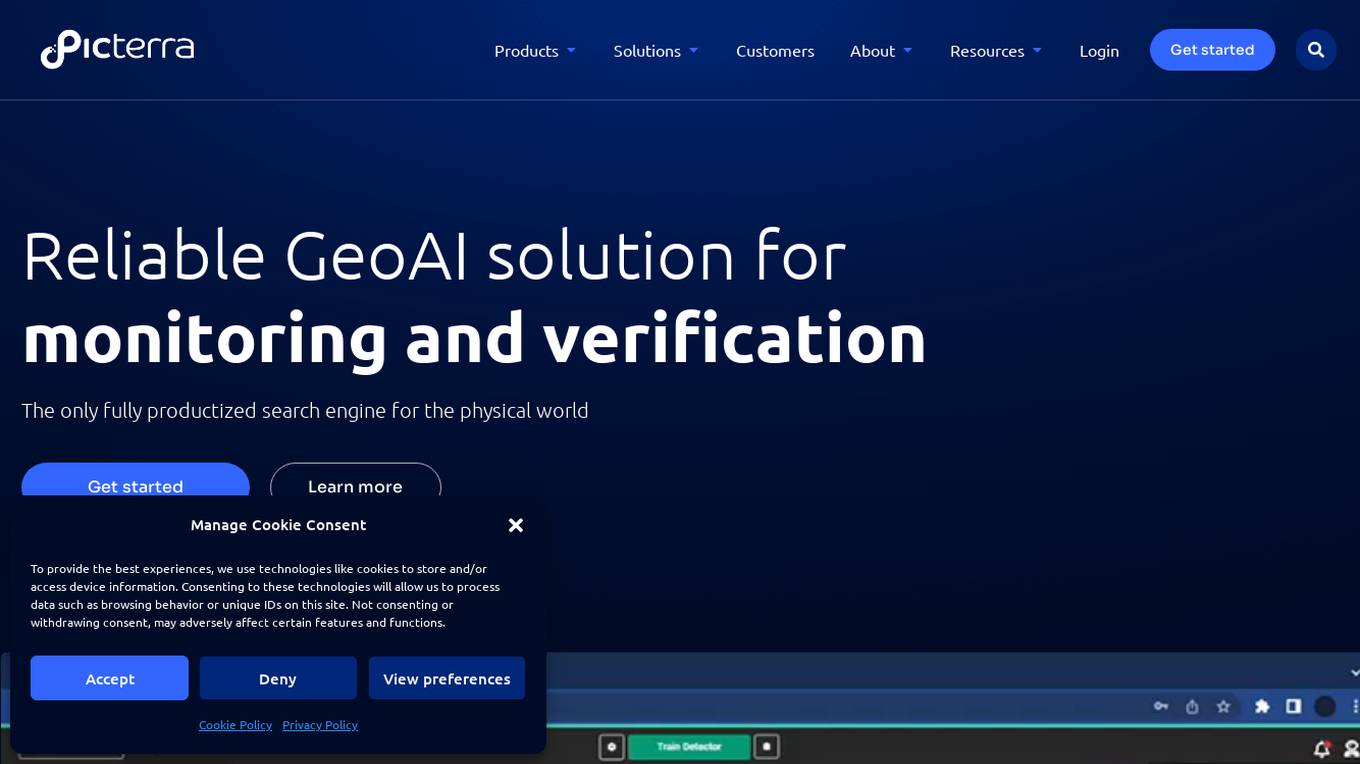
Picterra
Picterra is a geospatial AI platform that offers reliable solutions for sustainability, compliance, monitoring, and verification. It provides an all-in-one plot monitoring system, professional services, and interactive tours. Users can build custom AI models to detect objects, changes, or patterns using various geospatial imagery data. Picterra aims to revolutionize geospatial analysis with its category-leading AI technology, enabling users to solve challenges swiftly, collaborate more effectively, and scale further.
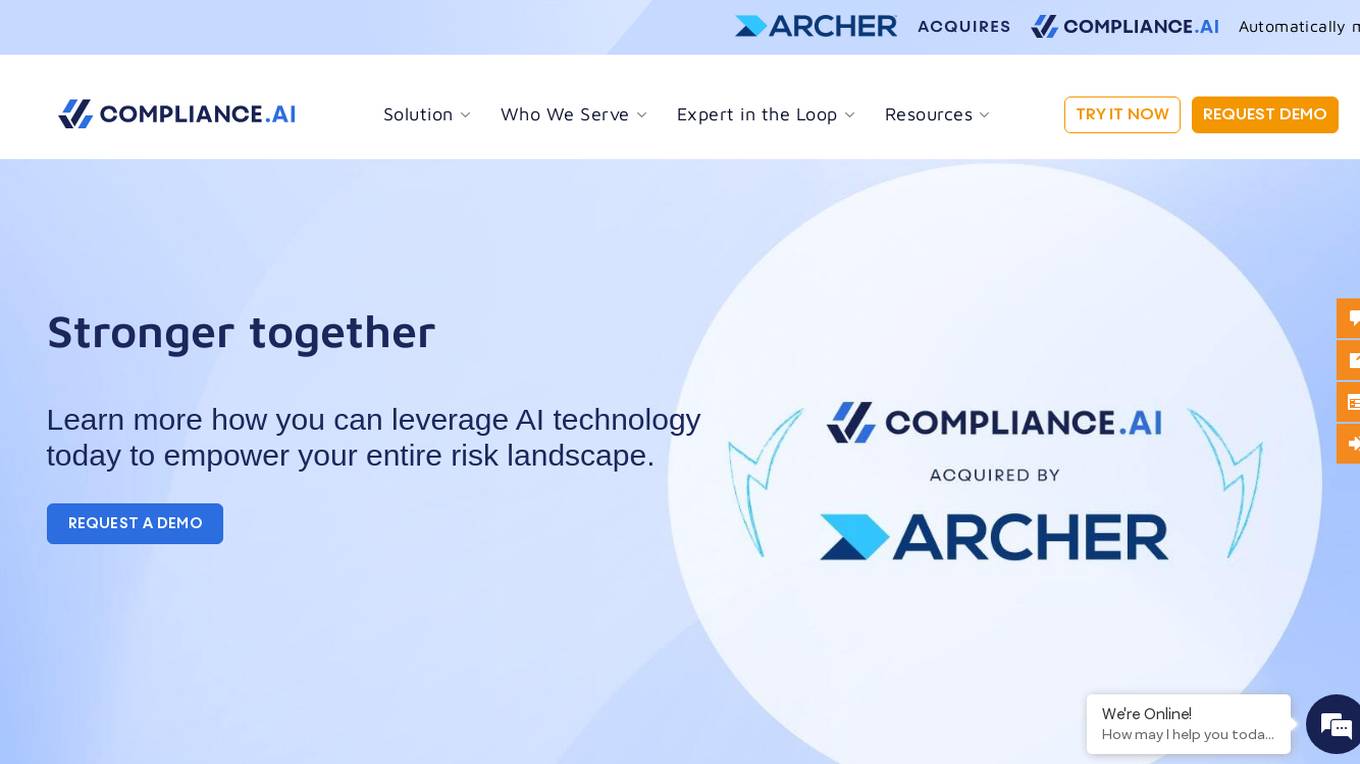
Compliance.ai
Compliance.ai is a regulatory compliance and risk management solution that leverages purpose-built machine learning models to automatically monitor regulatory updates and align them with internal policies, procedures, and controls. The platform ensures timely tracking, reaction, and reporting on impactful regulations and requirements, helping organizations mitigate risks, reduce costs, and increase confidence in compliance status. Compliance.ai offers a comprehensive suite of features and capabilities to streamline regulatory intelligence, impact analysis, change management, audit reporting, enforcement actions management, and more.
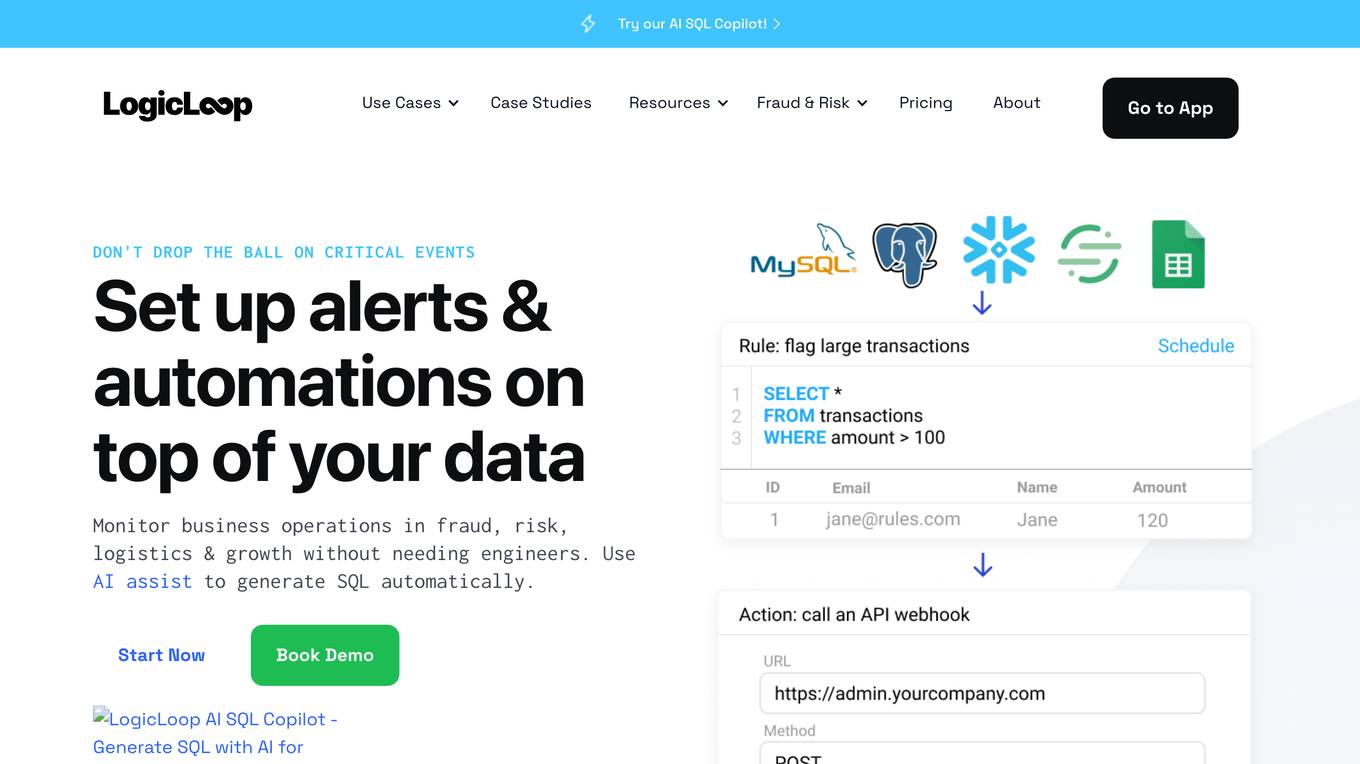
LogicLoop
LogicLoop is an all-in-one operations automation platform that allows users to set up alerts and automations on top of their data. It is designed to help businesses monitor their operations, identify risks, and take action to prevent problems. LogicLoop can be used by businesses of all sizes and industries, and it is particularly well-suited for businesses that are looking to improve their efficiency and reduce their risk.
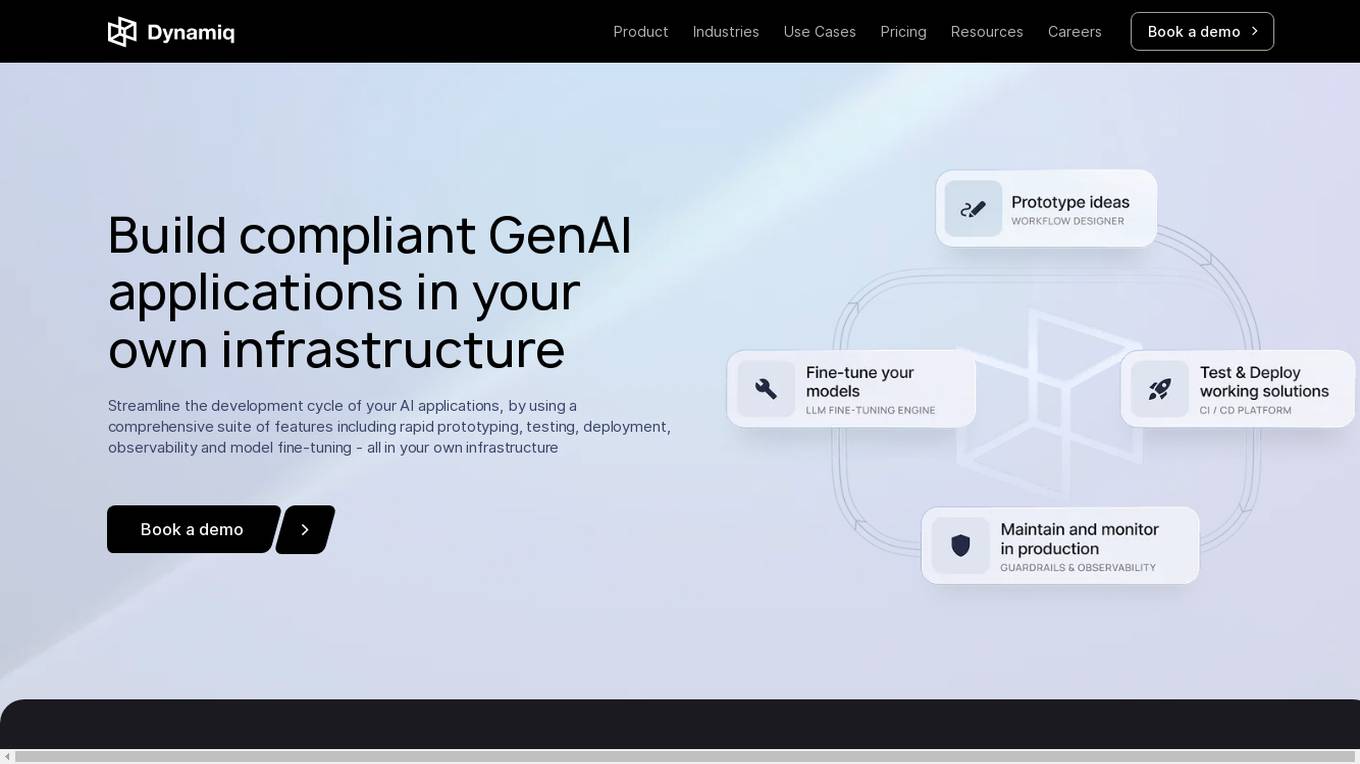
Dynamiq
Dynamiq is an operating platform for GenAI applications that enables users to build compliant GenAI applications in their own infrastructure. It offers a comprehensive suite of features including rapid prototyping, testing, deployment, observability, and model fine-tuning. The platform helps streamline the development cycle of AI applications and provides tools for workflow automations, knowledge base management, and collaboration. Dynamiq is designed to optimize productivity, reduce AI adoption costs, and empower organizations to establish AI ahead of schedule.
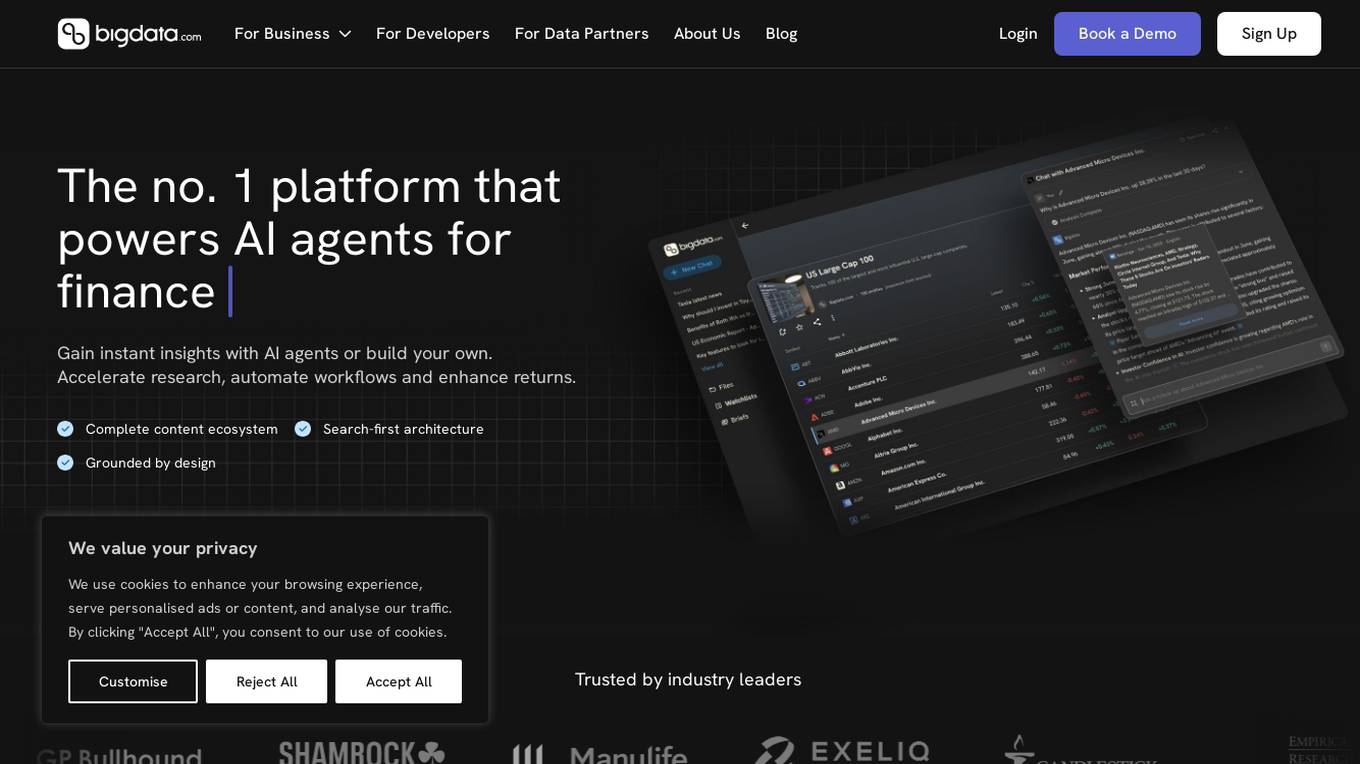
Bigdata.com
Bigdata.com is a platform that powers AI agents for finance, offering instant insights, accelerating research, automating workflows, and enhancing returns. It provides a complete data ecosystem, including a content store with web, paywalled, and internal data, and offers features like intelligent chat, market briefs, smart watchlists, and automated workflows. The platform is designed for investors, analysts, tech & innovation leaders, developers, and engineers in the finance industry, providing access to premium data, reliable search, and enterprise-grade governance.
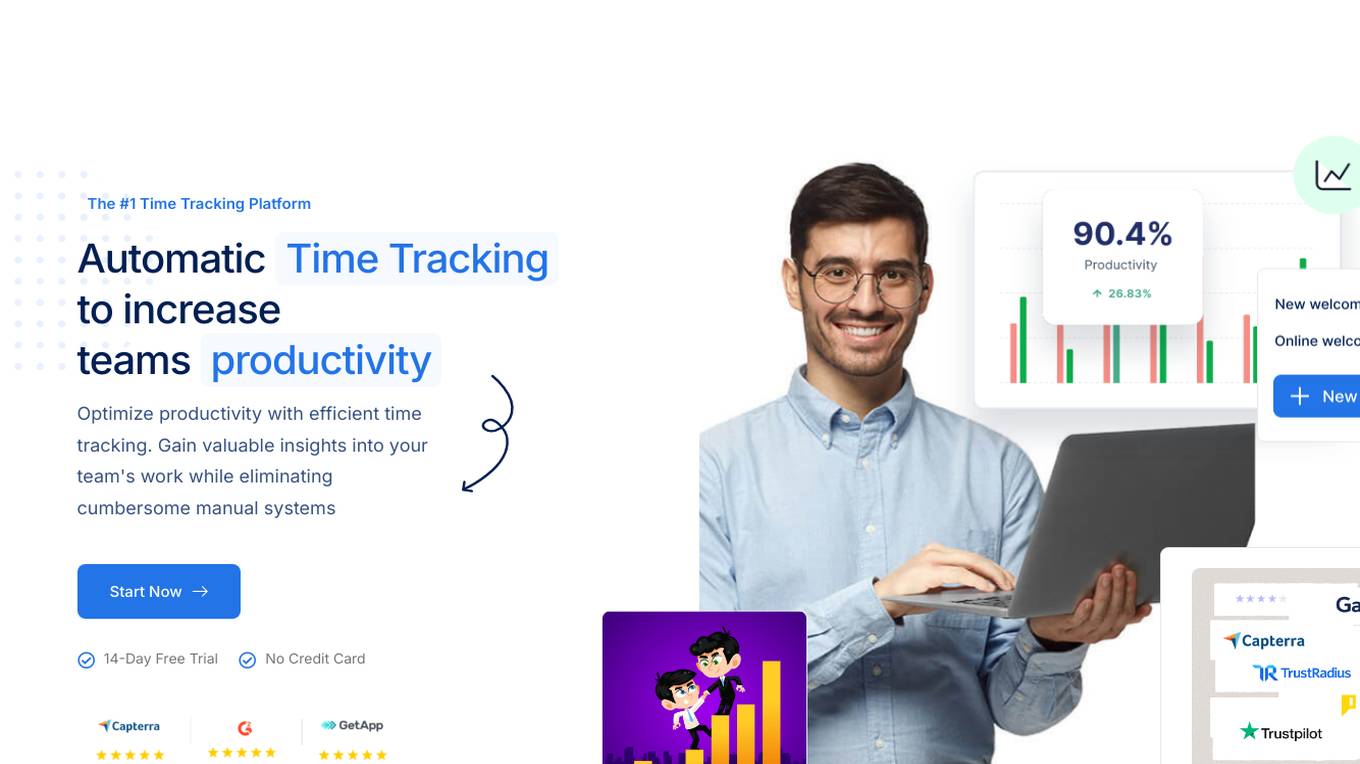
Backlsh
Backlsh is an AI-powered time tracking platform designed to increase team productivity by providing automatic time tracking, productivity analysis, AI integration for insights, and attendance tracking. It offers personalized AI tips, apps and websites monitoring, and detailed reports for performance analysis. Backlsh helps businesses optimize workflow efficiency, identify workforce disparities, and make data-driven decisions to enhance productivity. Trusted by over 10,000 users, Backlsh is acclaimed for its industry-leading features and seamless remote collaboration capabilities.
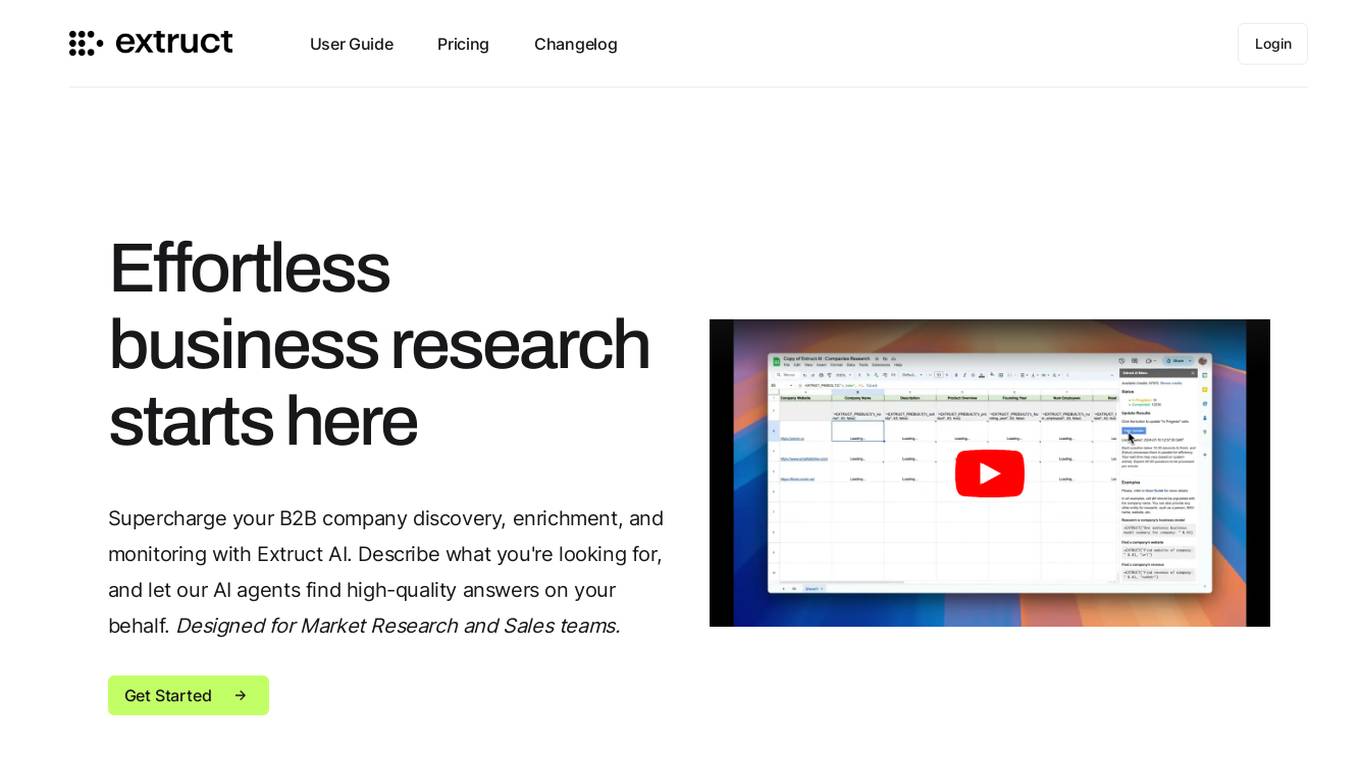
Extruct AI
Extruct AI is a Company Intelligence Platform that leverages AI technology to supercharge B2B company discovery, enrichment, and monitoring. It automates market research, lead generation, and competition analysis for Market Research and Sales teams. With autonomous AI agents, it provides high-quality answers, tailored market insights, and precise monitoring. Extruct AI offers a Company Discovery Engine, Flexible Data Enrichment, and Finetuned Models to streamline research workflows and access aggregated data sources. It ensures up-to-date data and hyper-customizable workflows for efficient business intelligence.
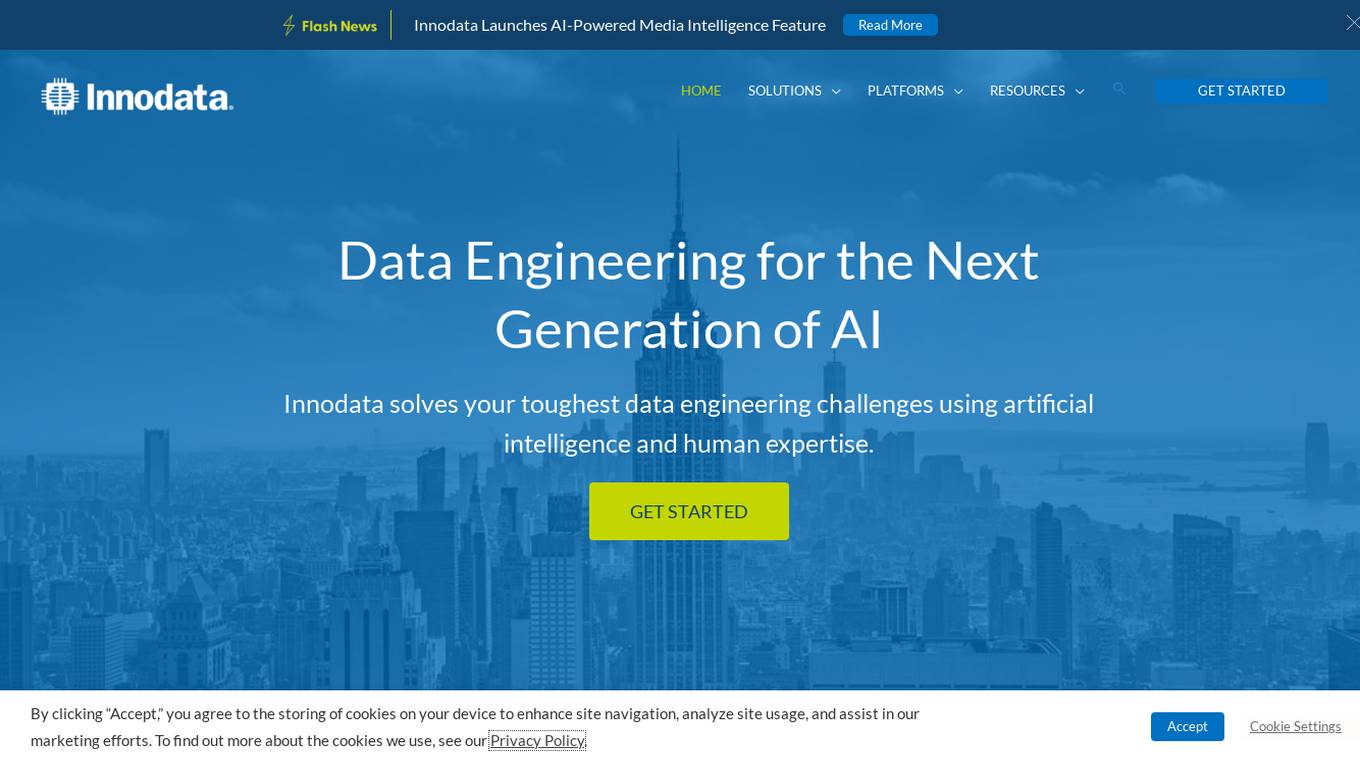
Innodata Inc.
Innodata Inc. is a global data engineering company that delivers AI-enabled software platforms and managed services for AI data collection/annotation, AI digital transformation, and industry-specific business processes. They provide a full-suite of services and products to power data-centric AI initiatives using artificial intelligence and human expertise. With a 30+ year legacy, they offer the highest quality data and outstanding service to their customers.
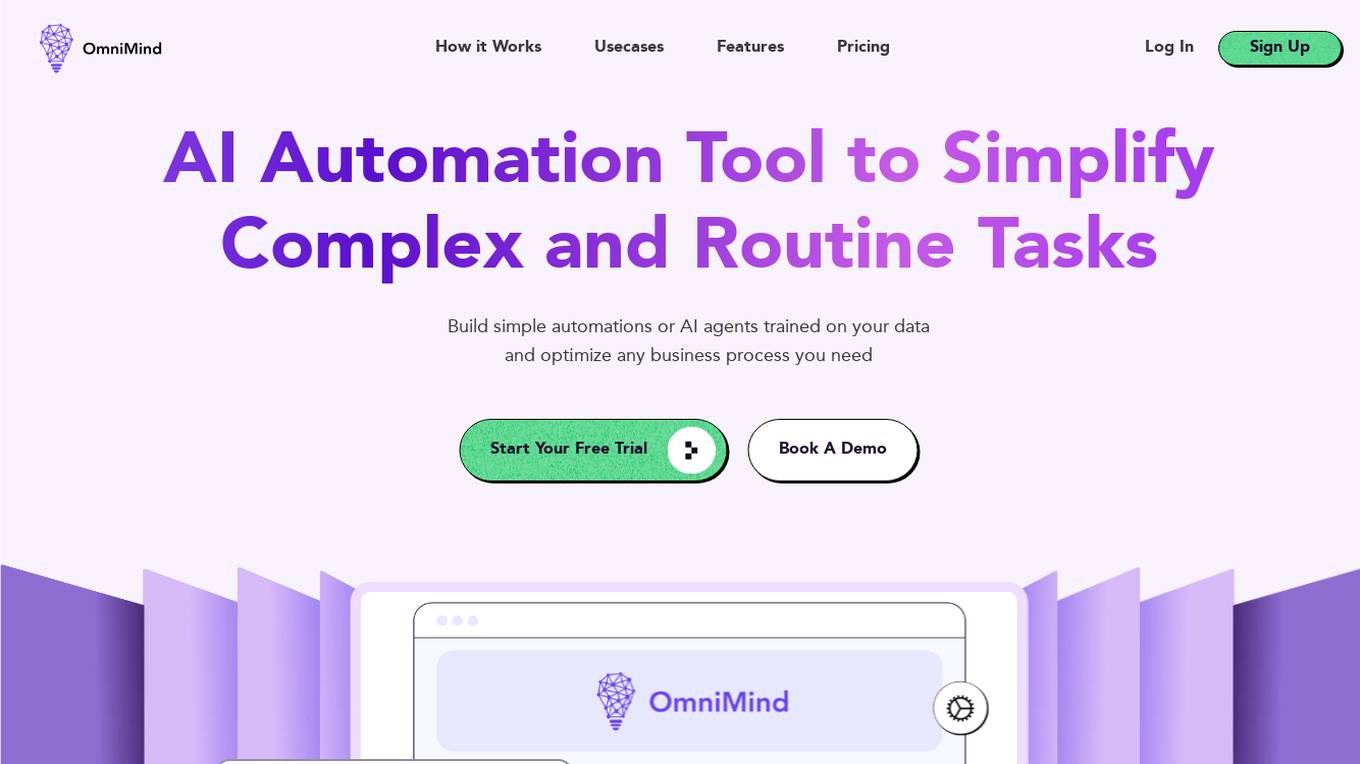
Omnimind
Omnimind is an AI automation tool designed to simplify complex and routine tasks by allowing users to build simple automations or AI agents trained on personalized data. It offers features such as training AI with personalized data, customizing AI appearance, tool integration, and monitoring conversations. Omnimind can be used for customer support, education, and sales assistance, providing benefits like quicker response times, personalized learning paths, and efficient lead qualification. However, it may have limitations in terms of technical complexity, customization options, and initial learning curve.
1 - Open Source AI Tools
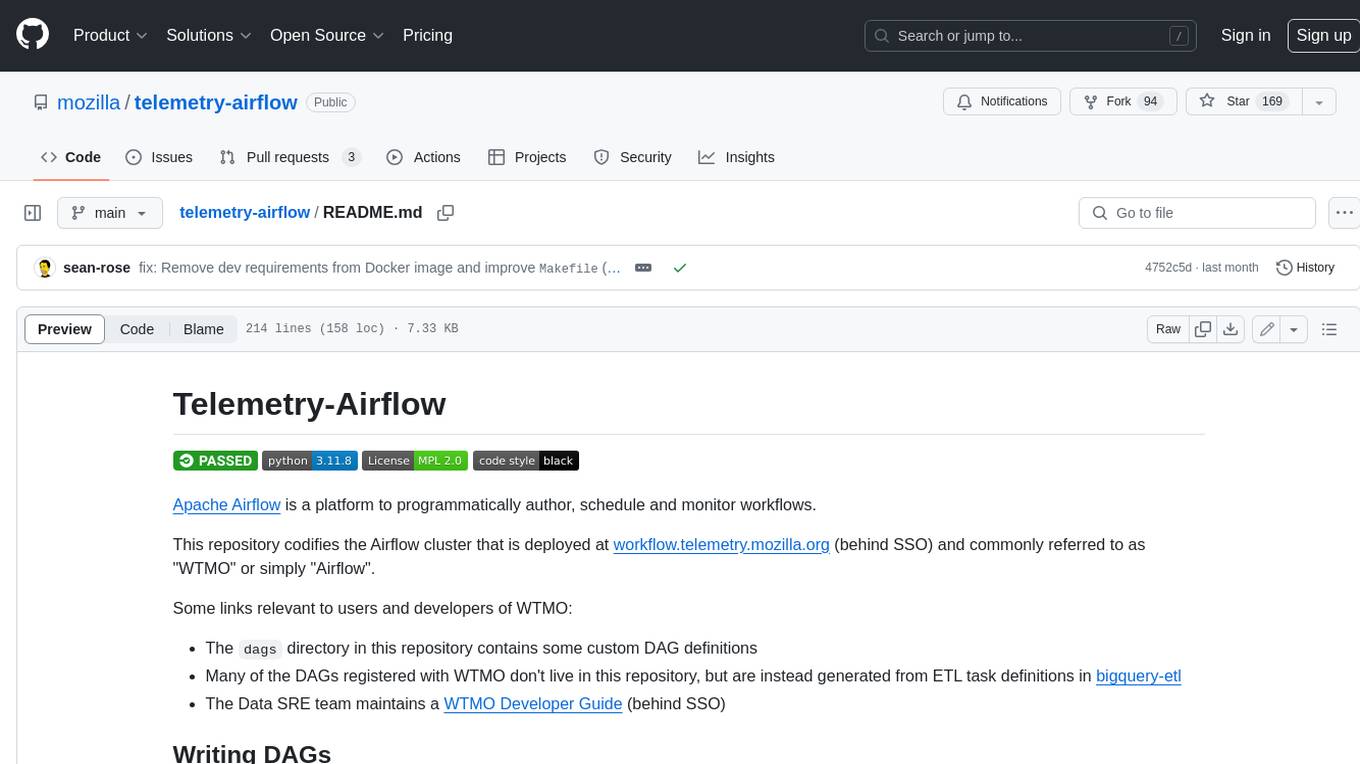
telemetry-airflow
This repository codifies the Airflow cluster that is deployed at workflow.telemetry.mozilla.org (behind SSO) and commonly referred to as "WTMO" or simply "Airflow". Some links relevant to users and developers of WTMO: * The `dags` directory in this repository contains some custom DAG definitions * Many of the DAGs registered with WTMO don't live in this repository, but are instead generated from ETL task definitions in bigquery-etl * The Data SRE team maintains a WTMO Developer Guide (behind SSO)
20 - OpenAI Gpts
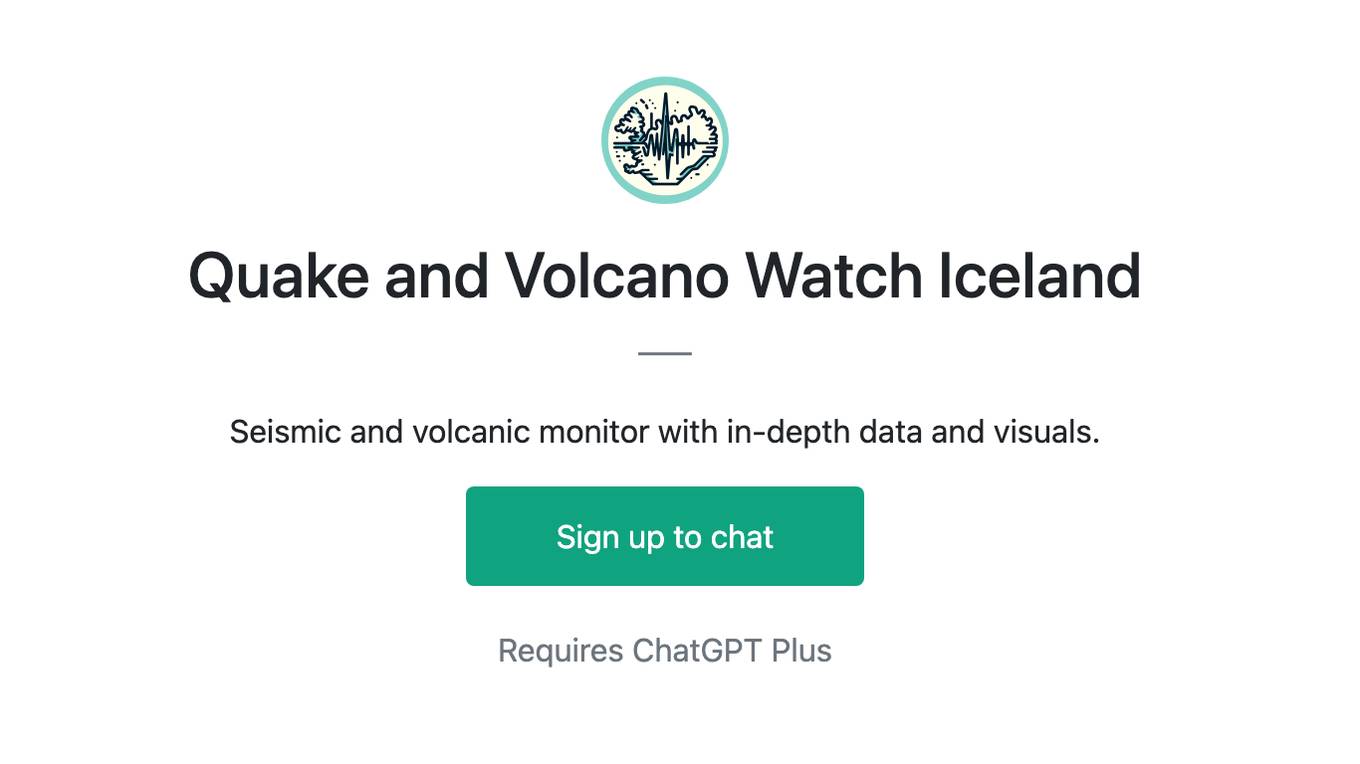
Quake and Volcano Watch Iceland
Seismic and volcanic monitor with in-depth data and visuals.
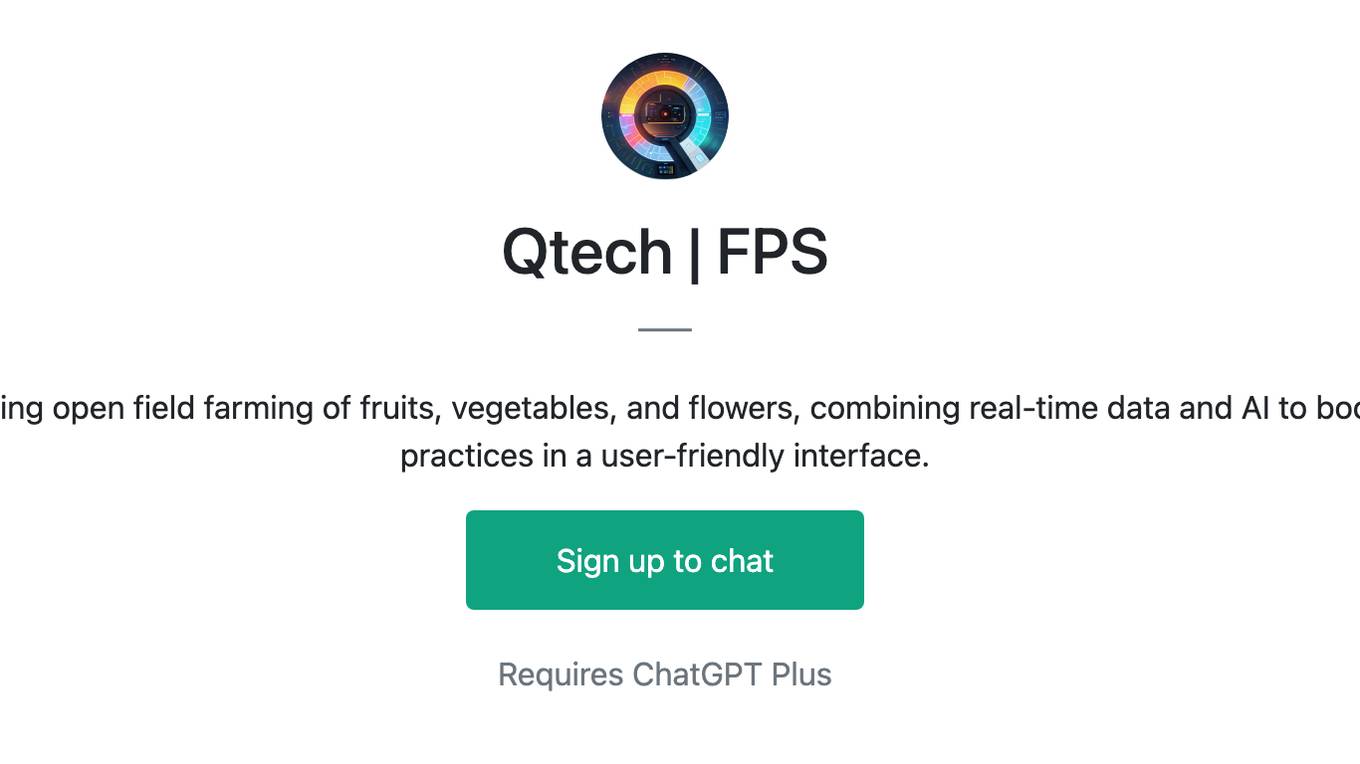
Qtech | FPS
Frost Protection System is an AI bot optimizing open field farming of fruits, vegetables, and flowers, combining real-time data and AI to boost yield, cut costs, and foster sustainable practices in a user-friendly interface.

DataKitchen DataOps and Data Observability GPT
A specialist in DataOps and Data Observability, aiding in data management and monitoring.
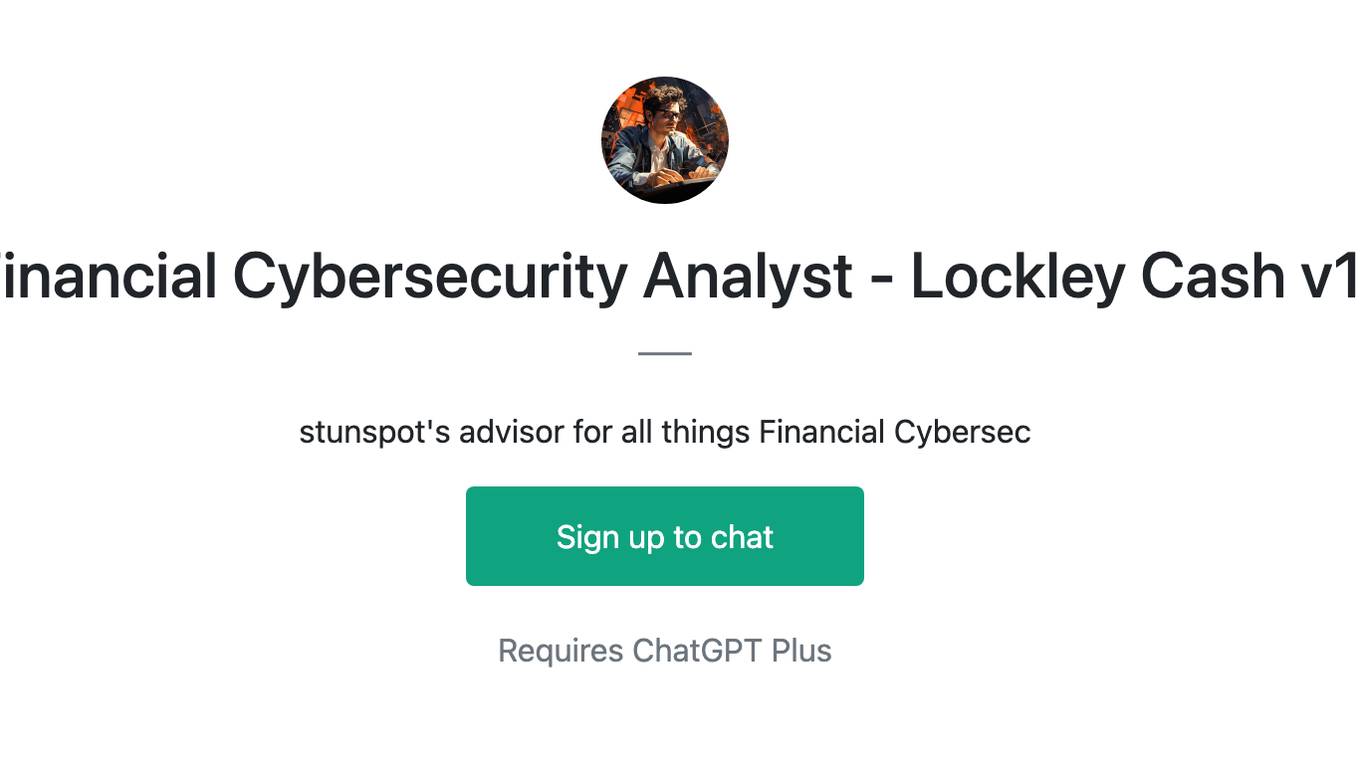
Financial Cybersecurity Analyst - Lockley Cash v1
stunspot's advisor for all things Financial Cybersec
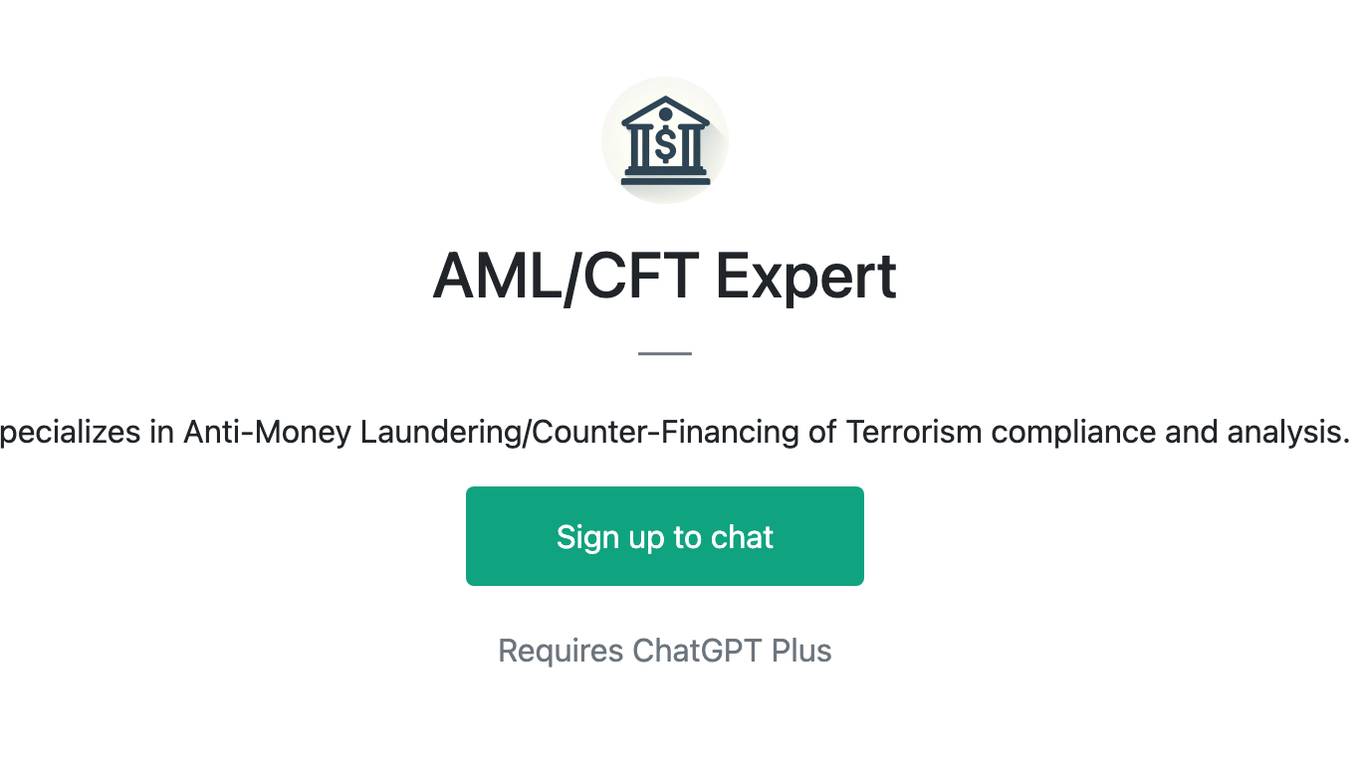
AML/CFT Expert
Specializes in Anti-Money Laundering/Counter-Financing of Terrorism compliance and analysis.
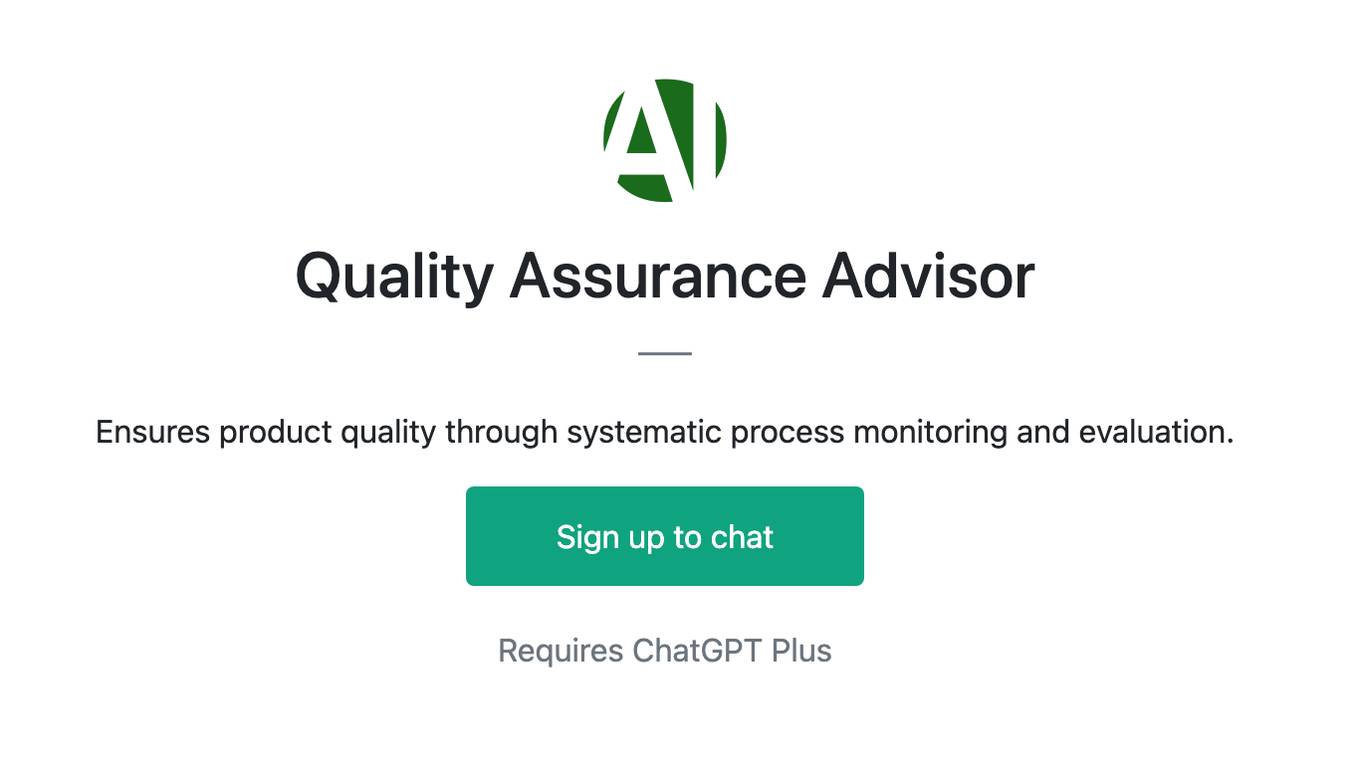
Quality Assurance Advisor
Ensures product quality through systematic process monitoring and evaluation.
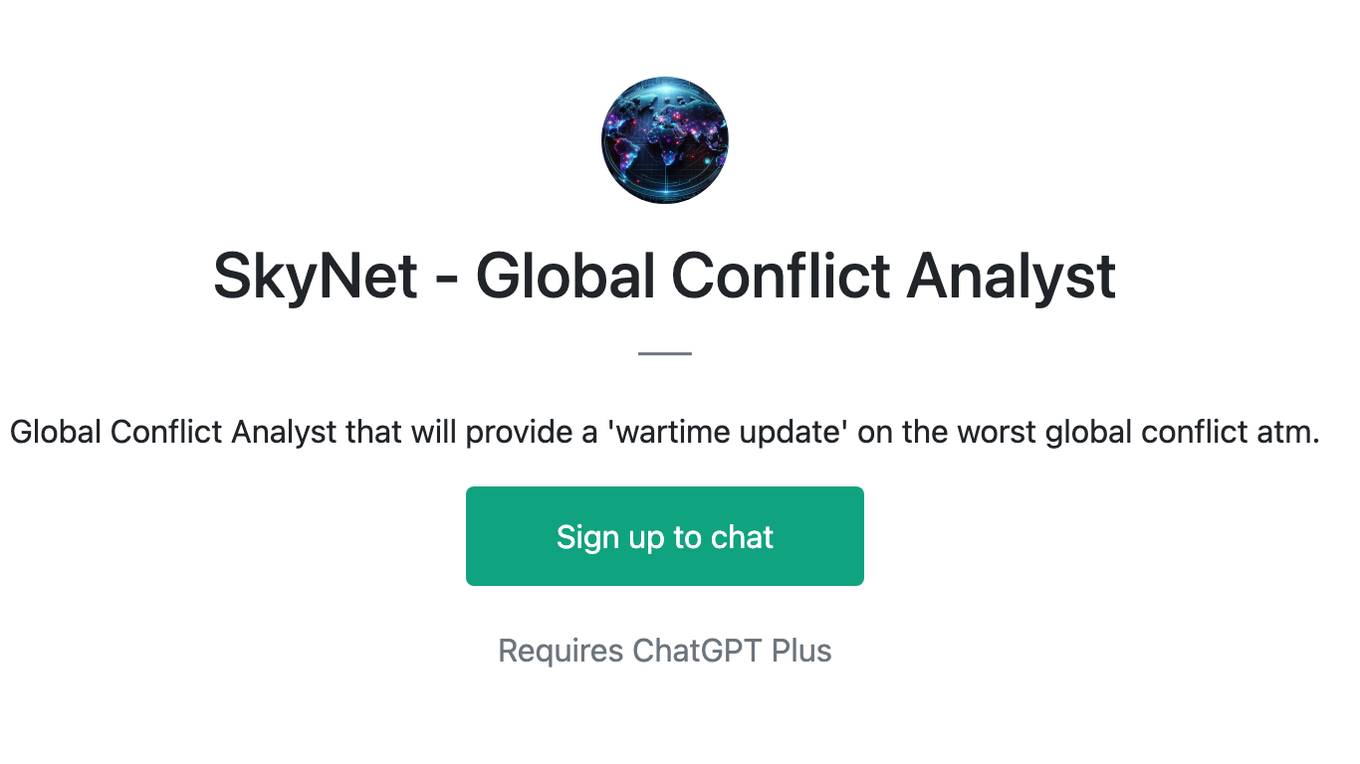
SkyNet - Global Conflict Analyst
Global Conflict Analyst that will provide a 'wartime update' on the worst global conflict atm.
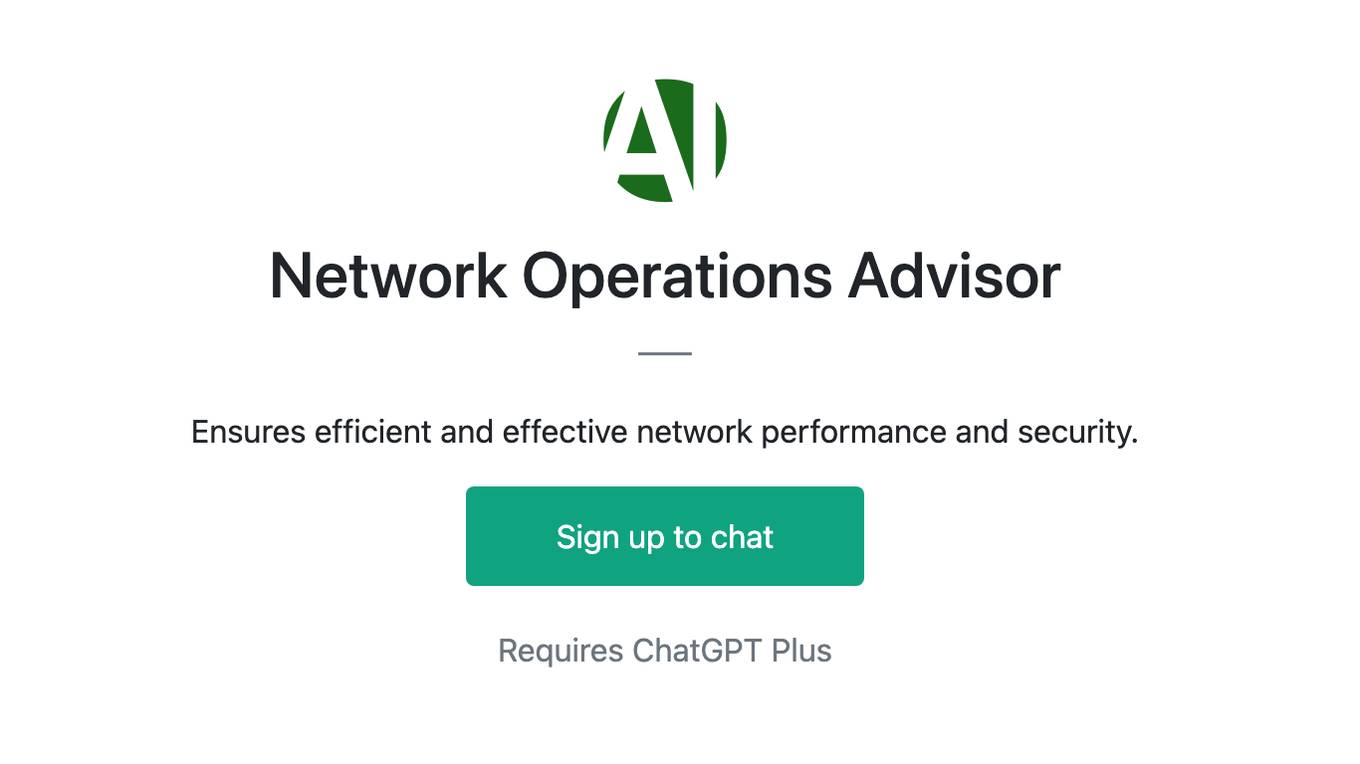
Network Operations Advisor
Ensures efficient and effective network performance and security.
